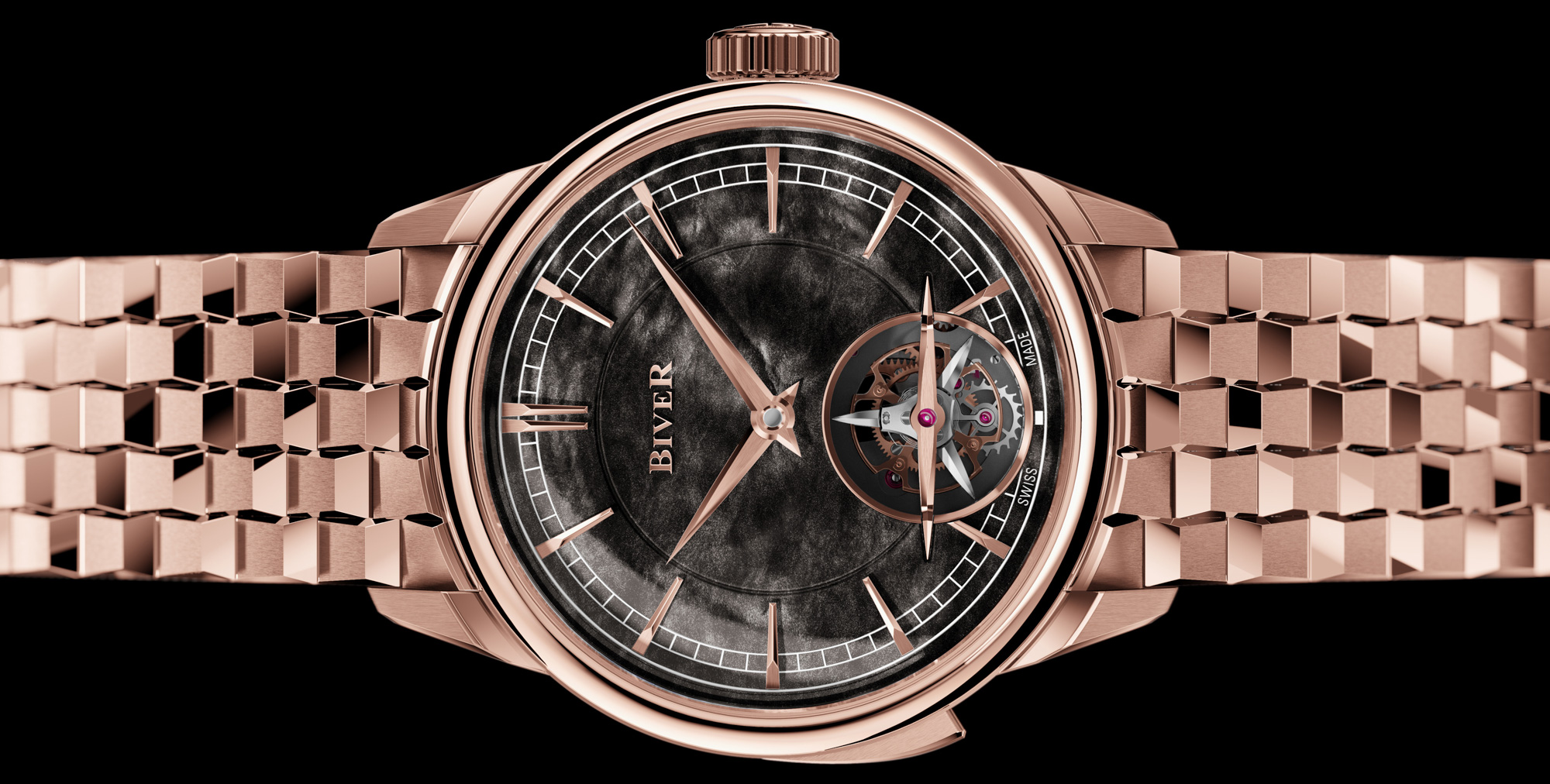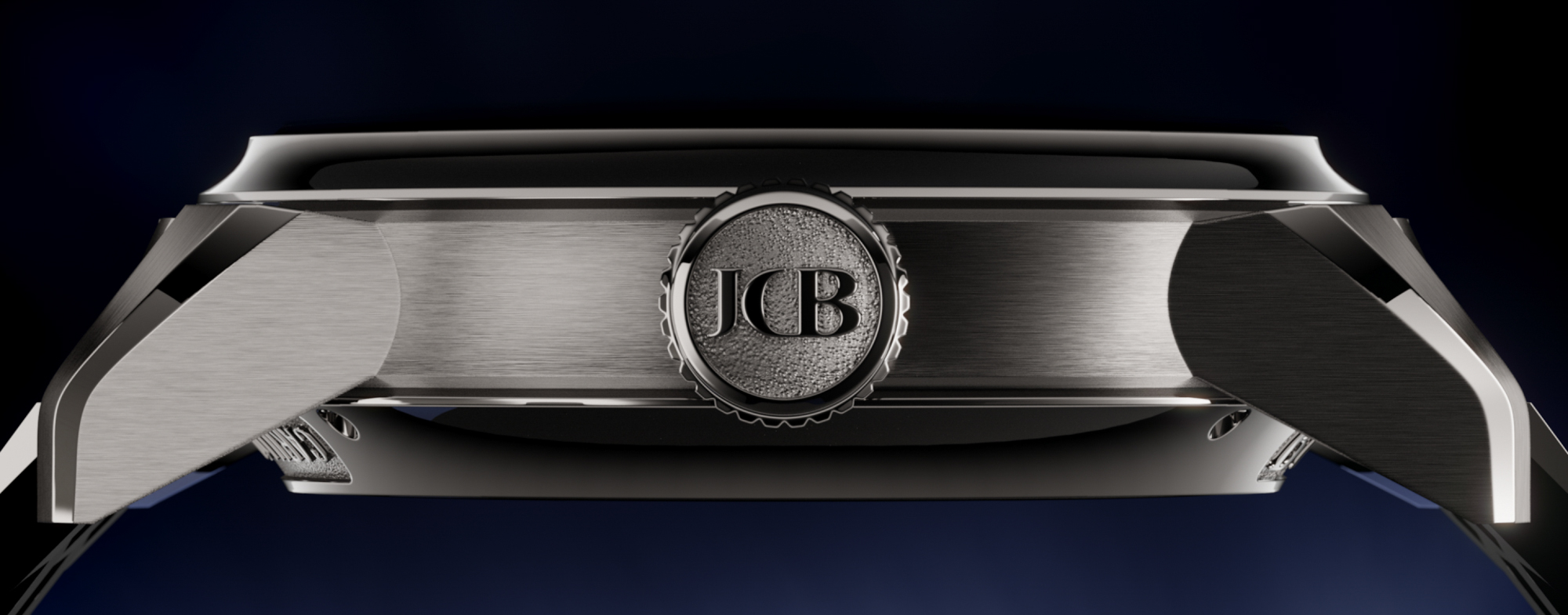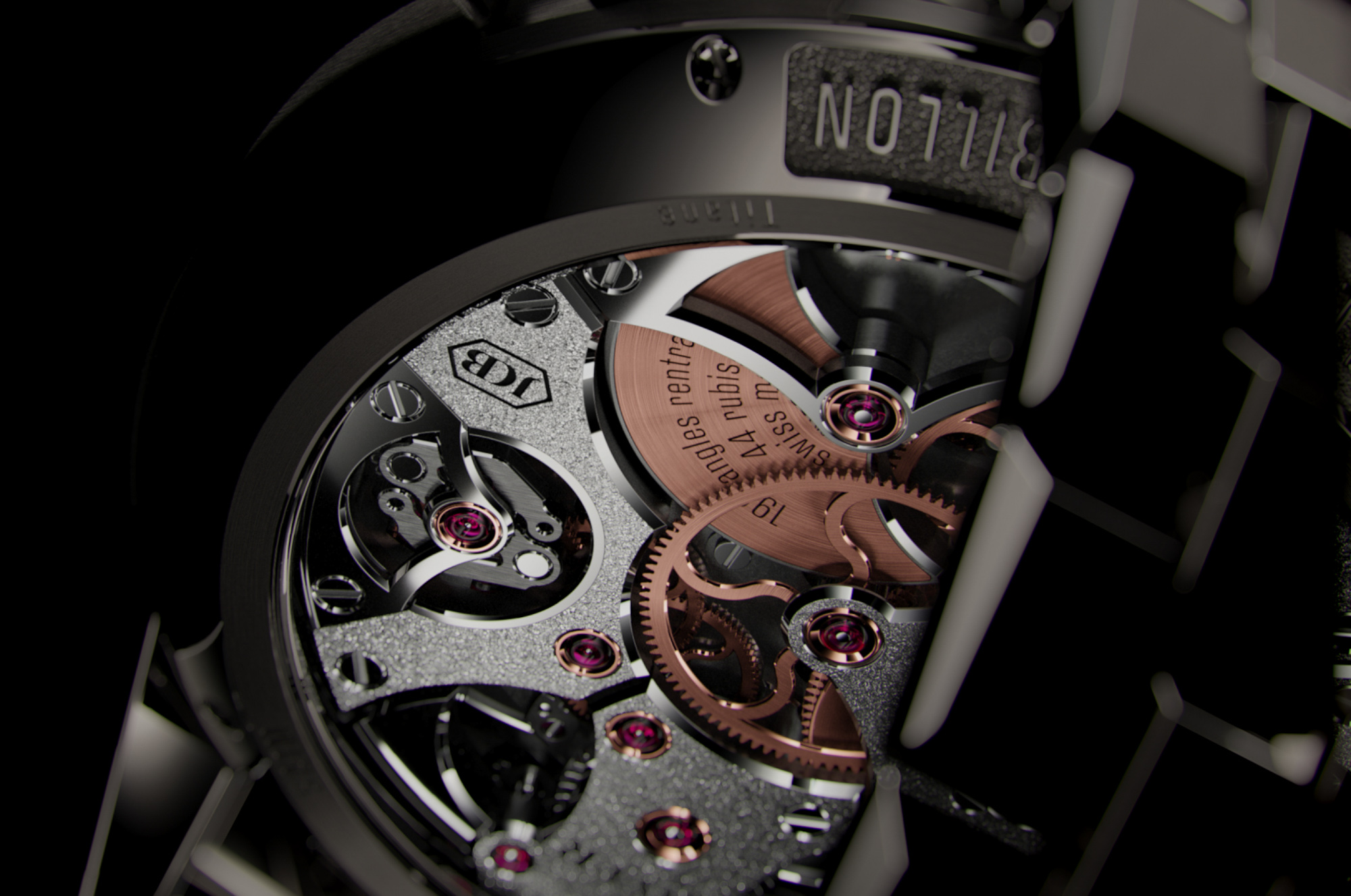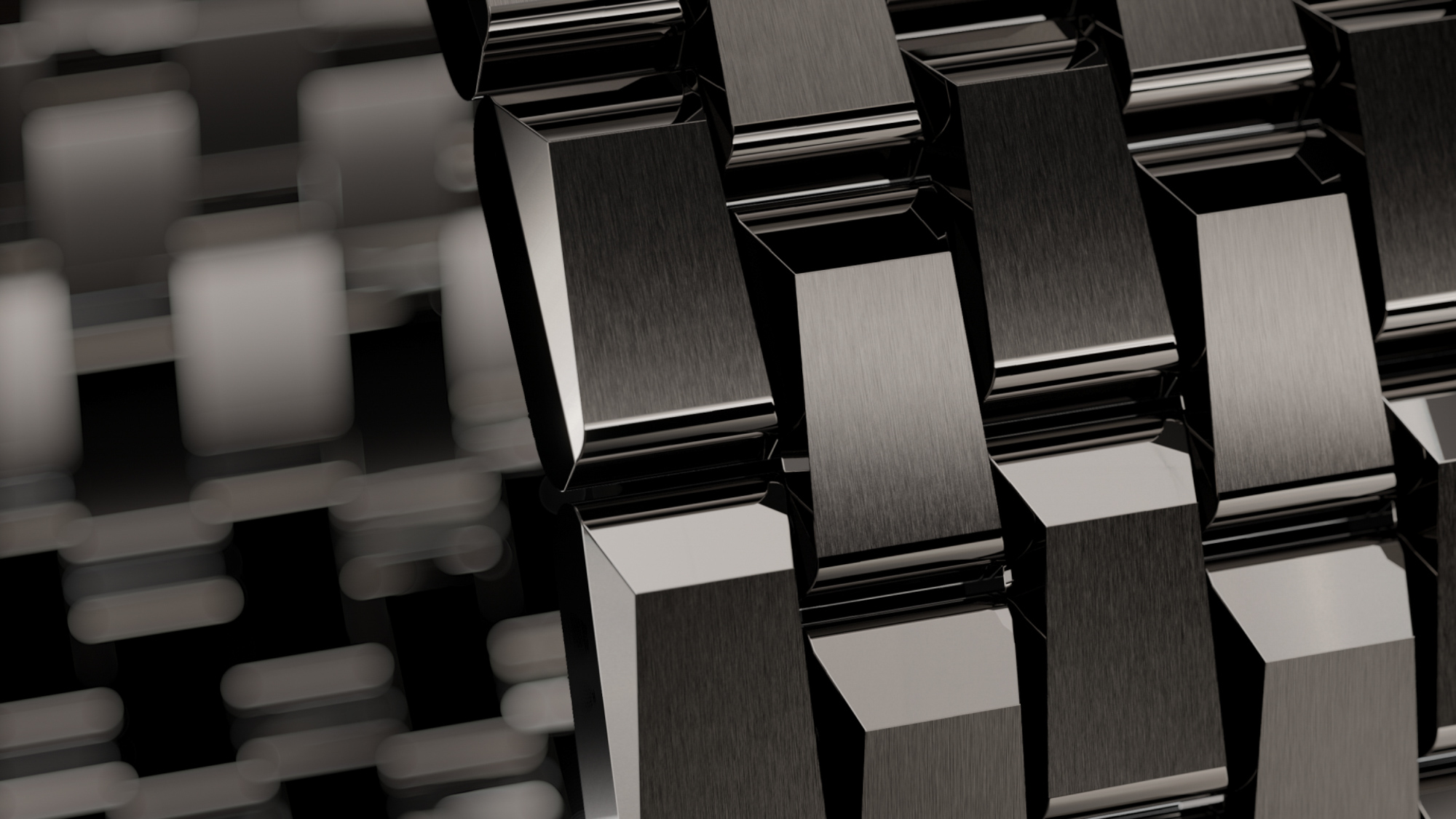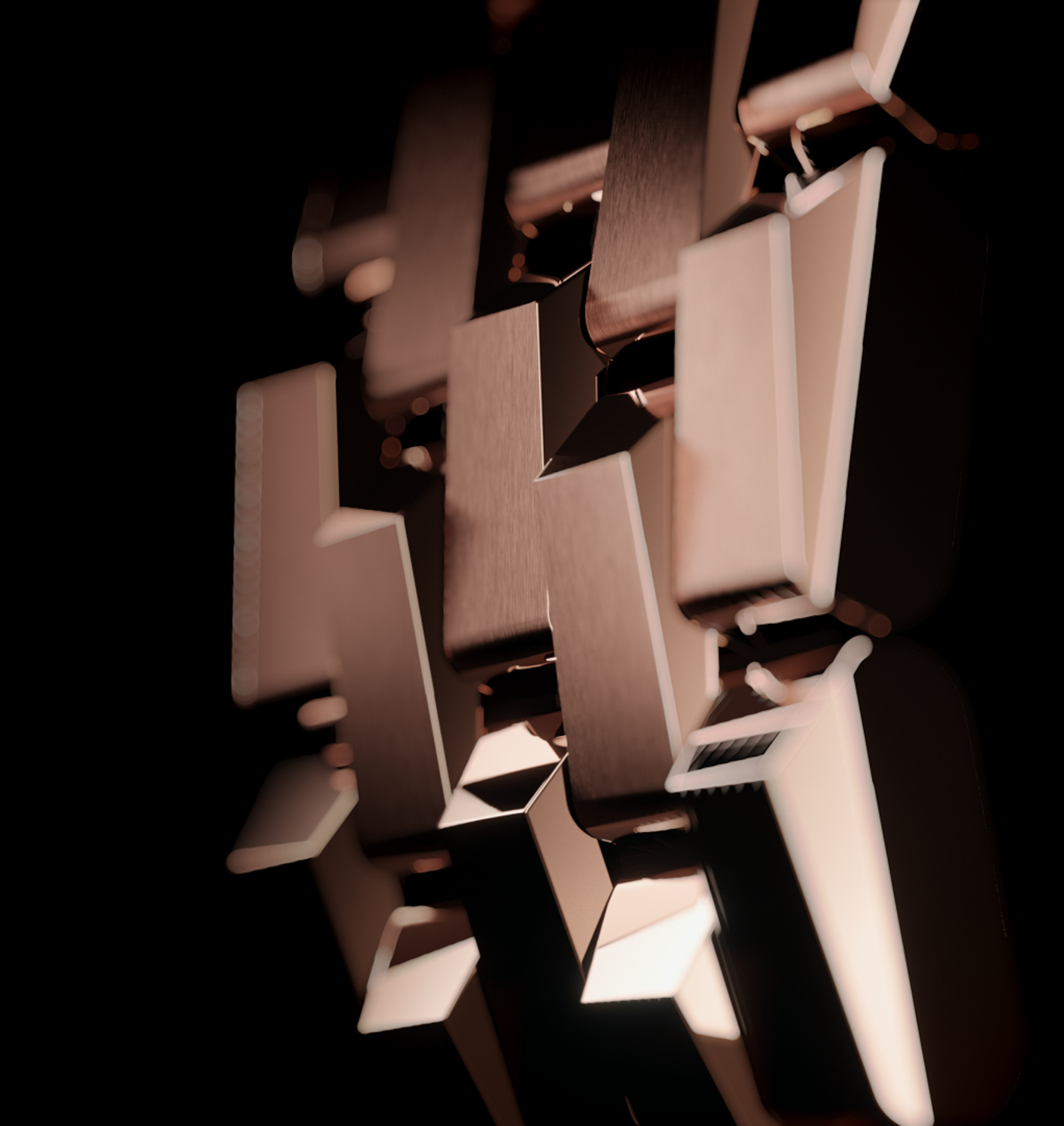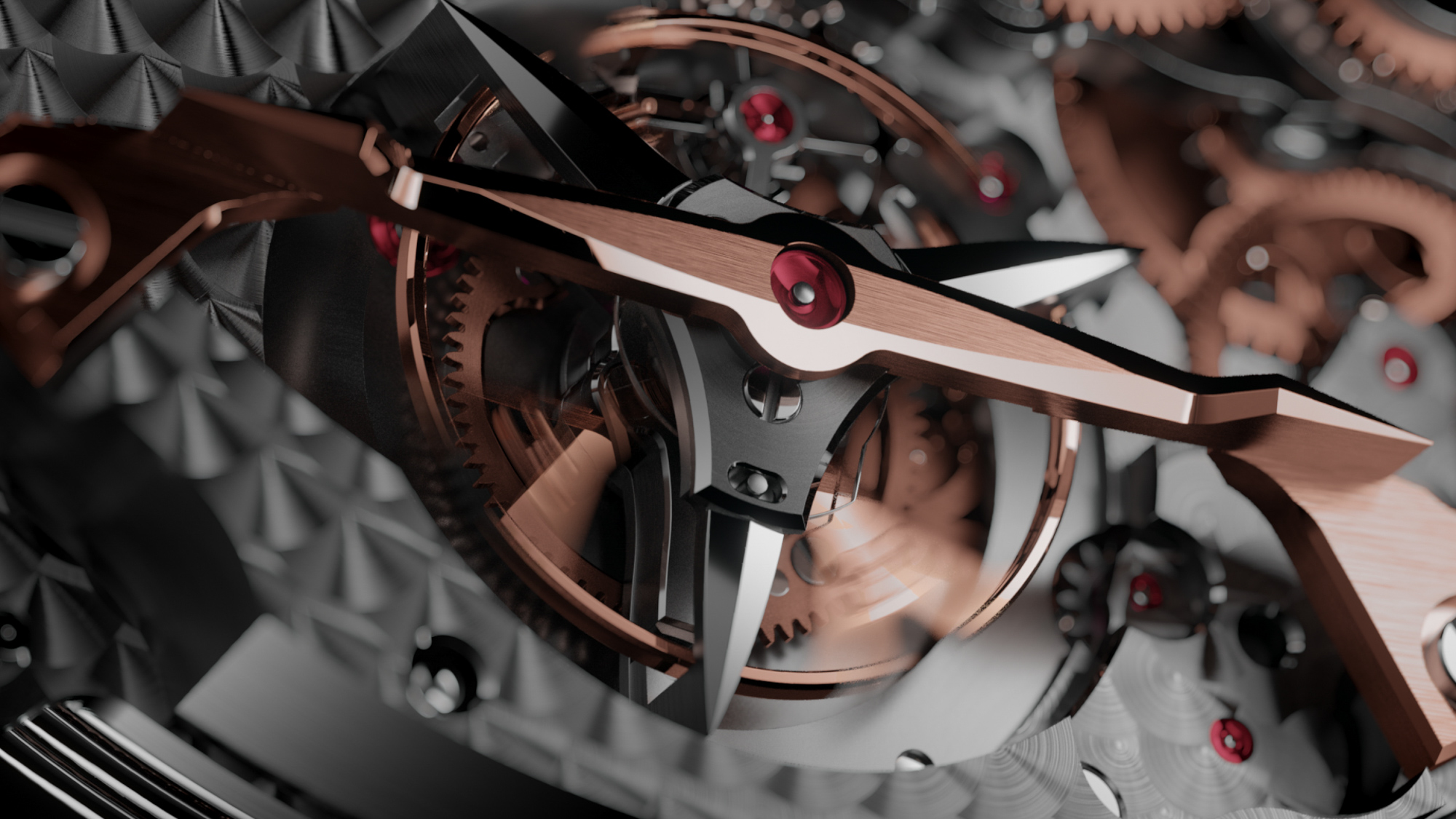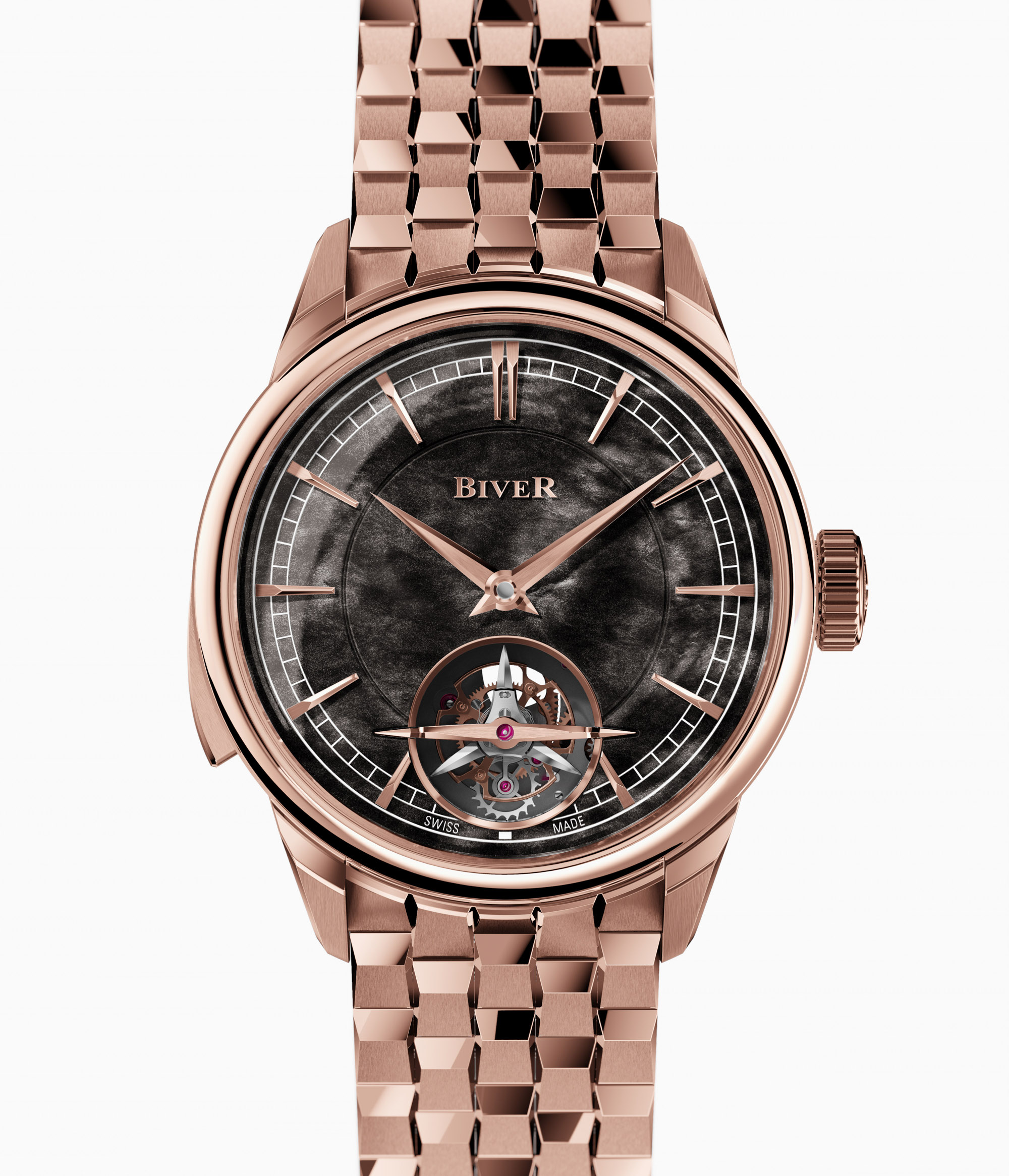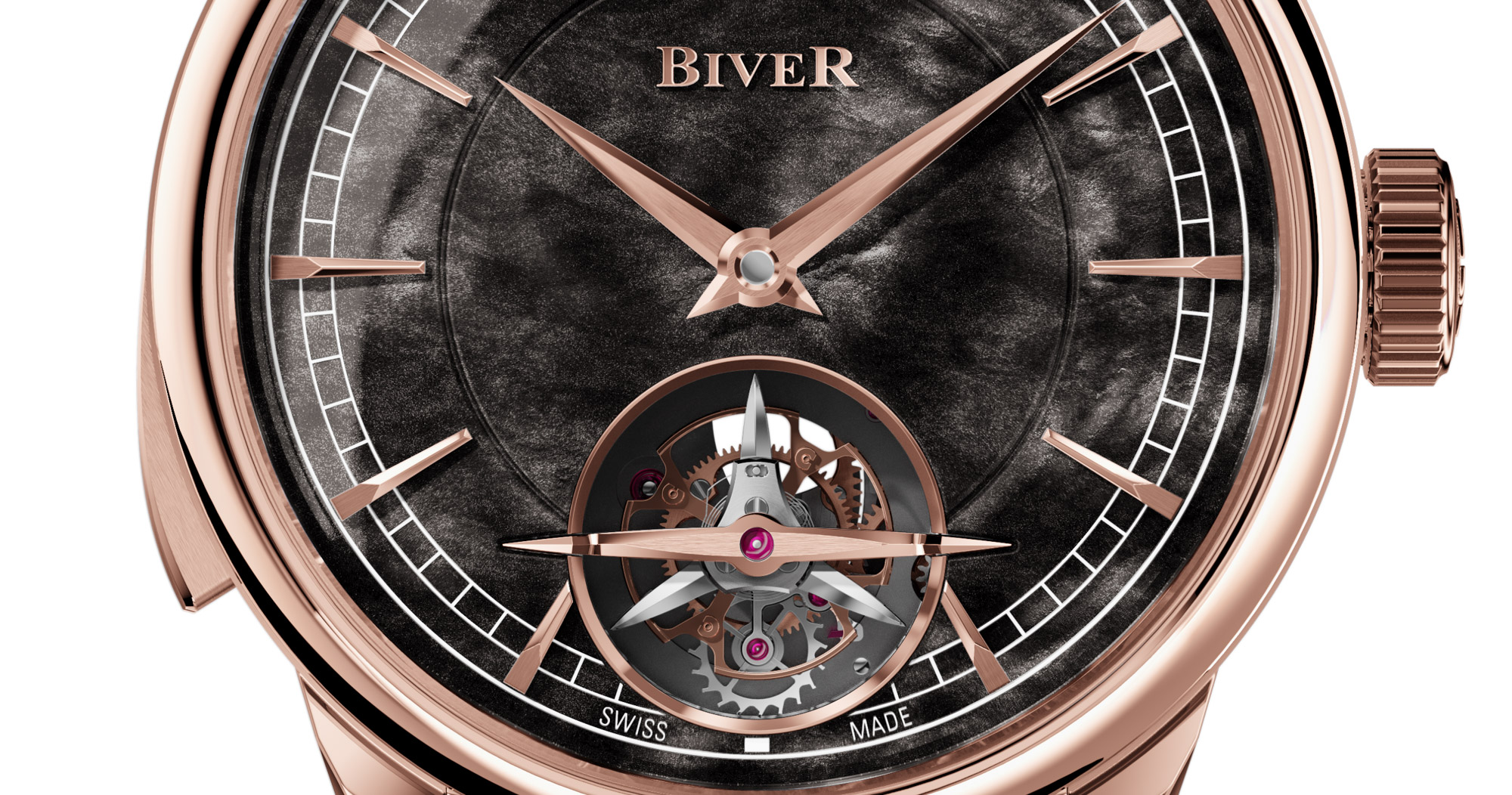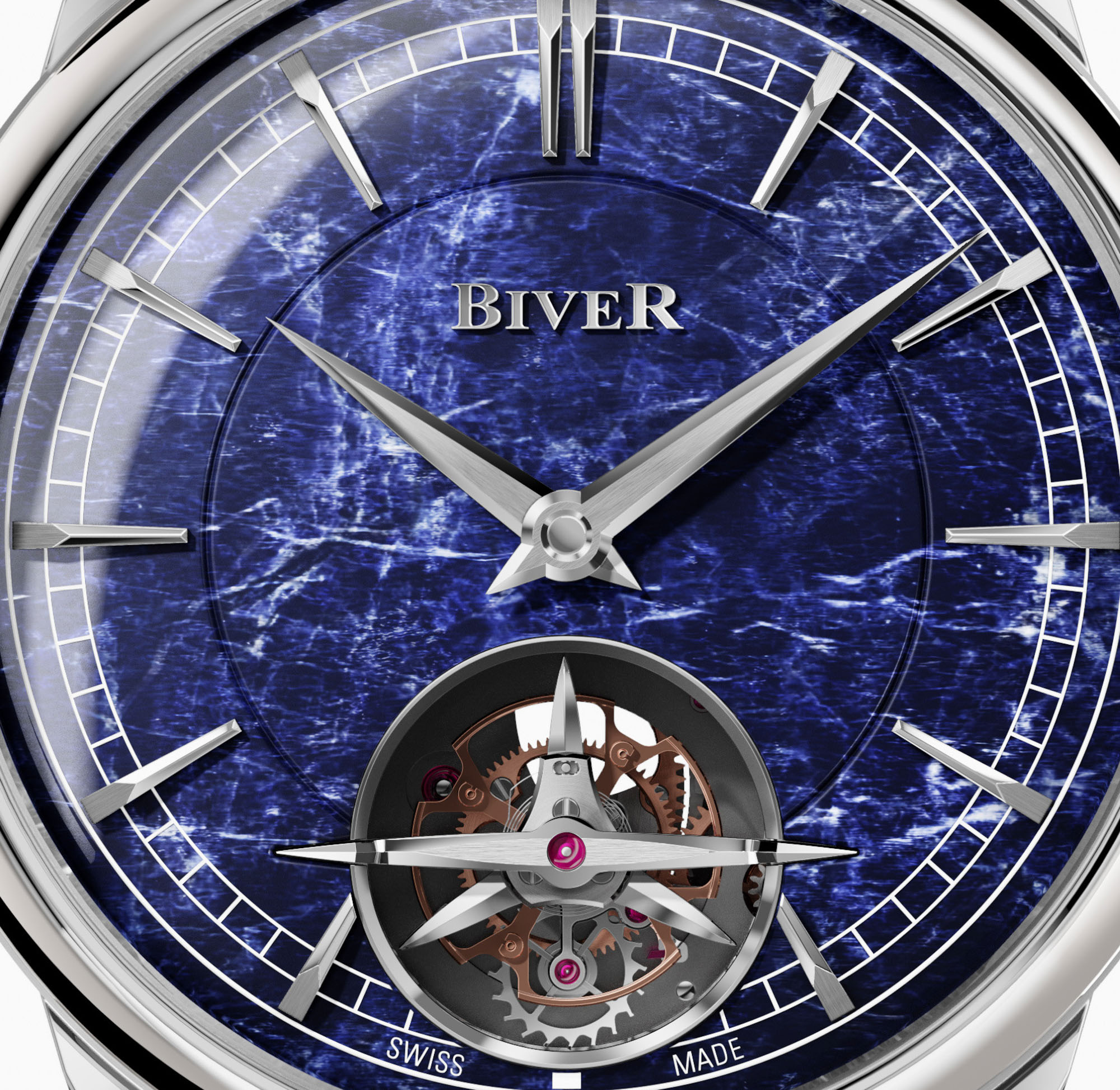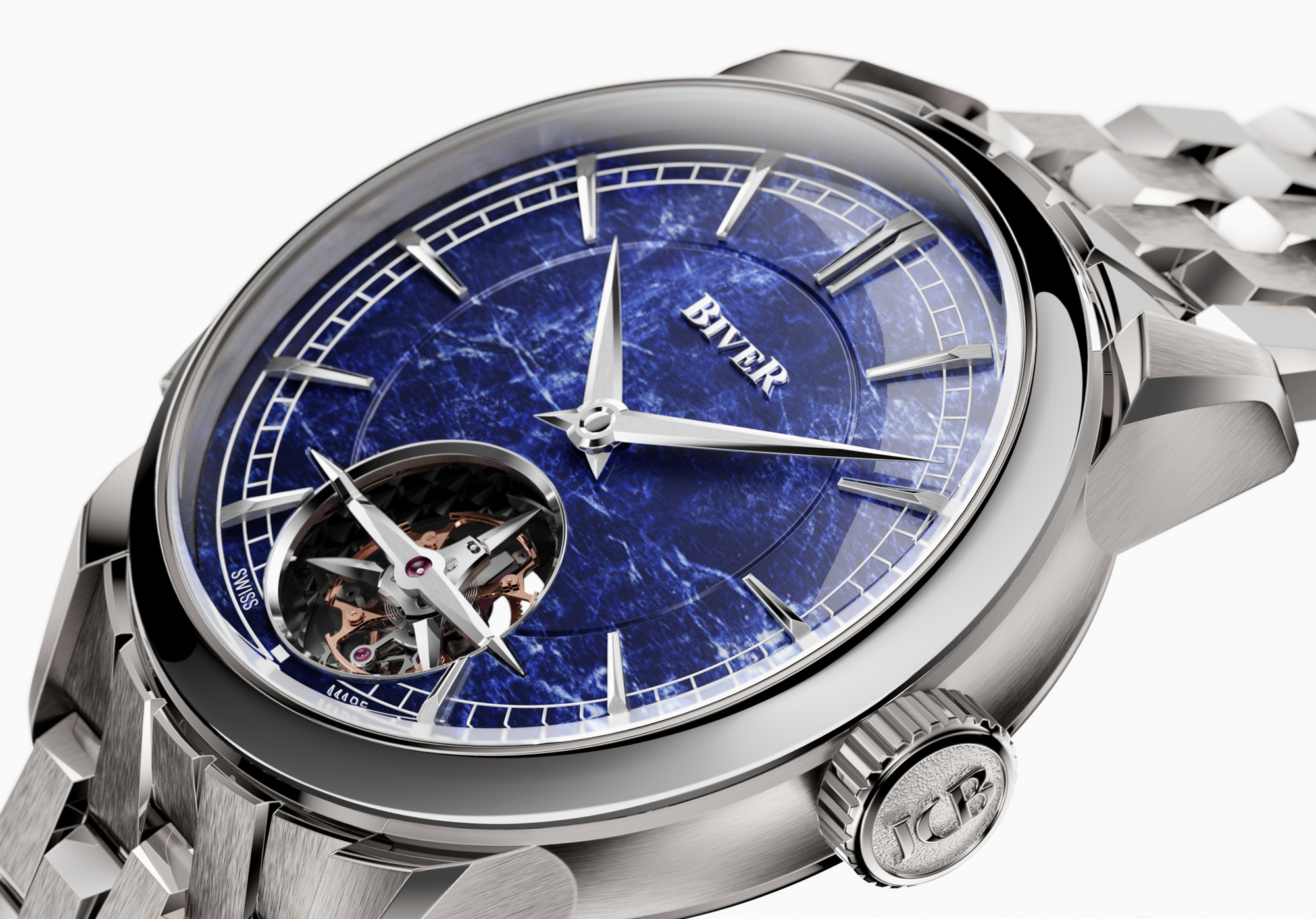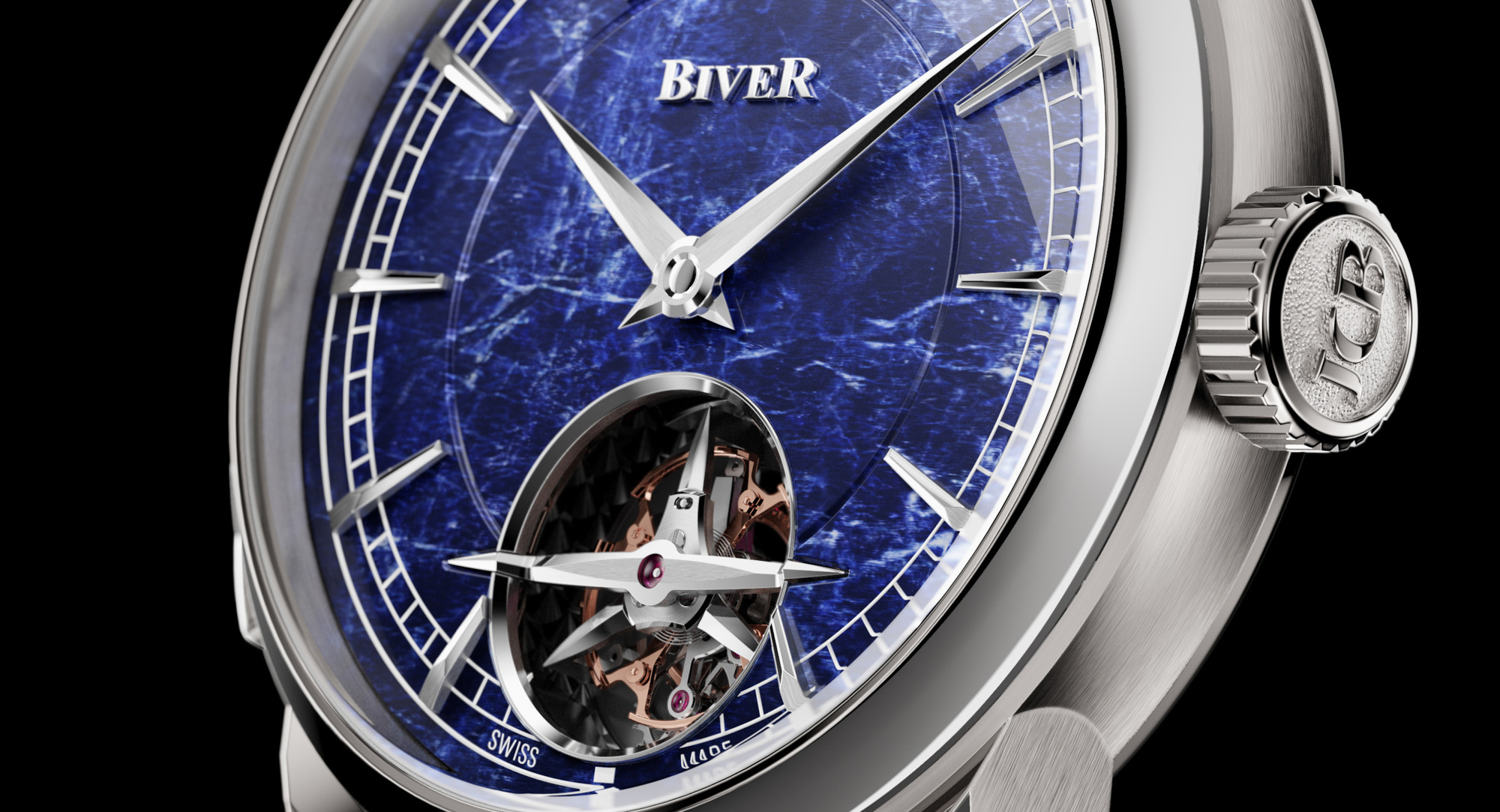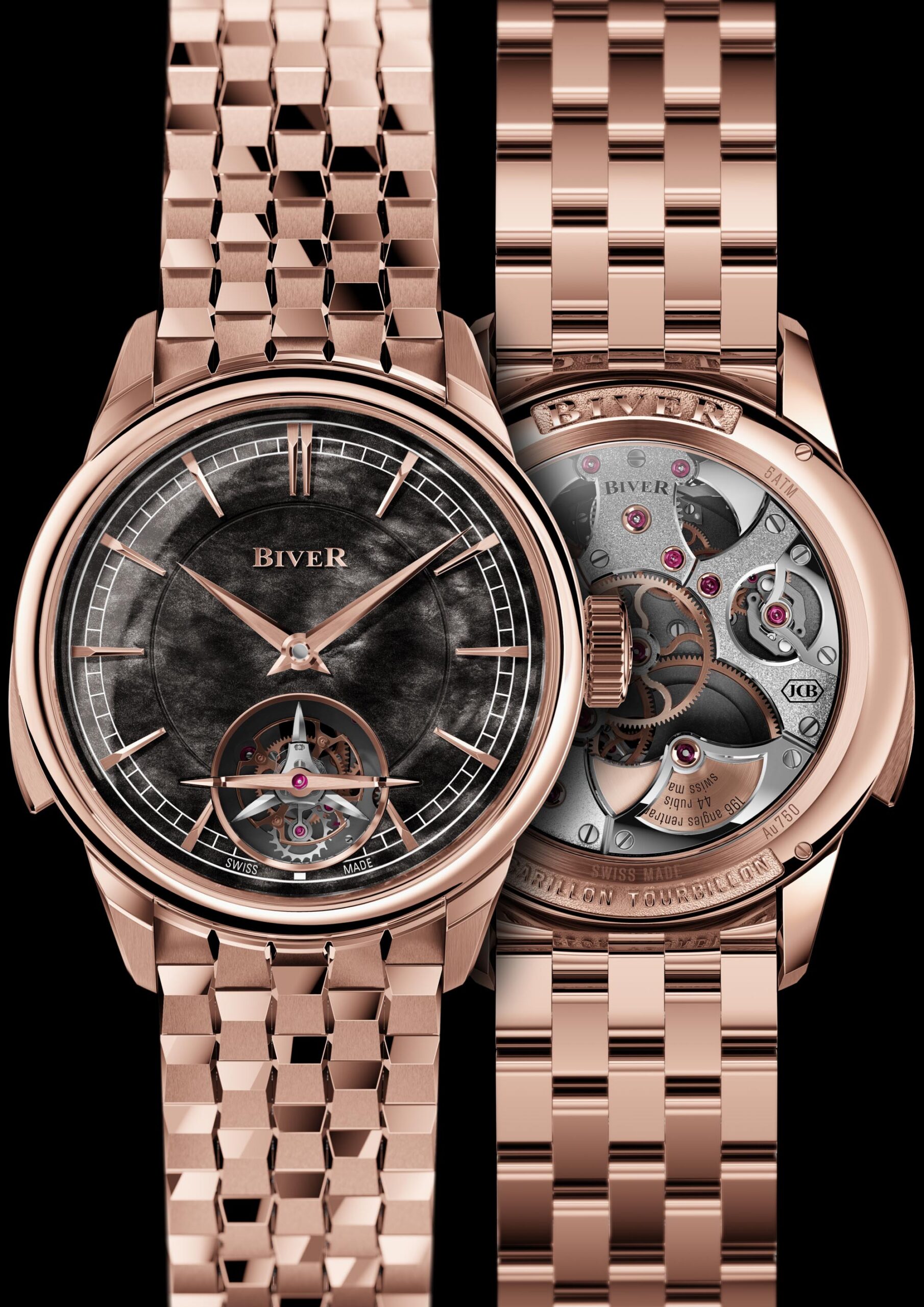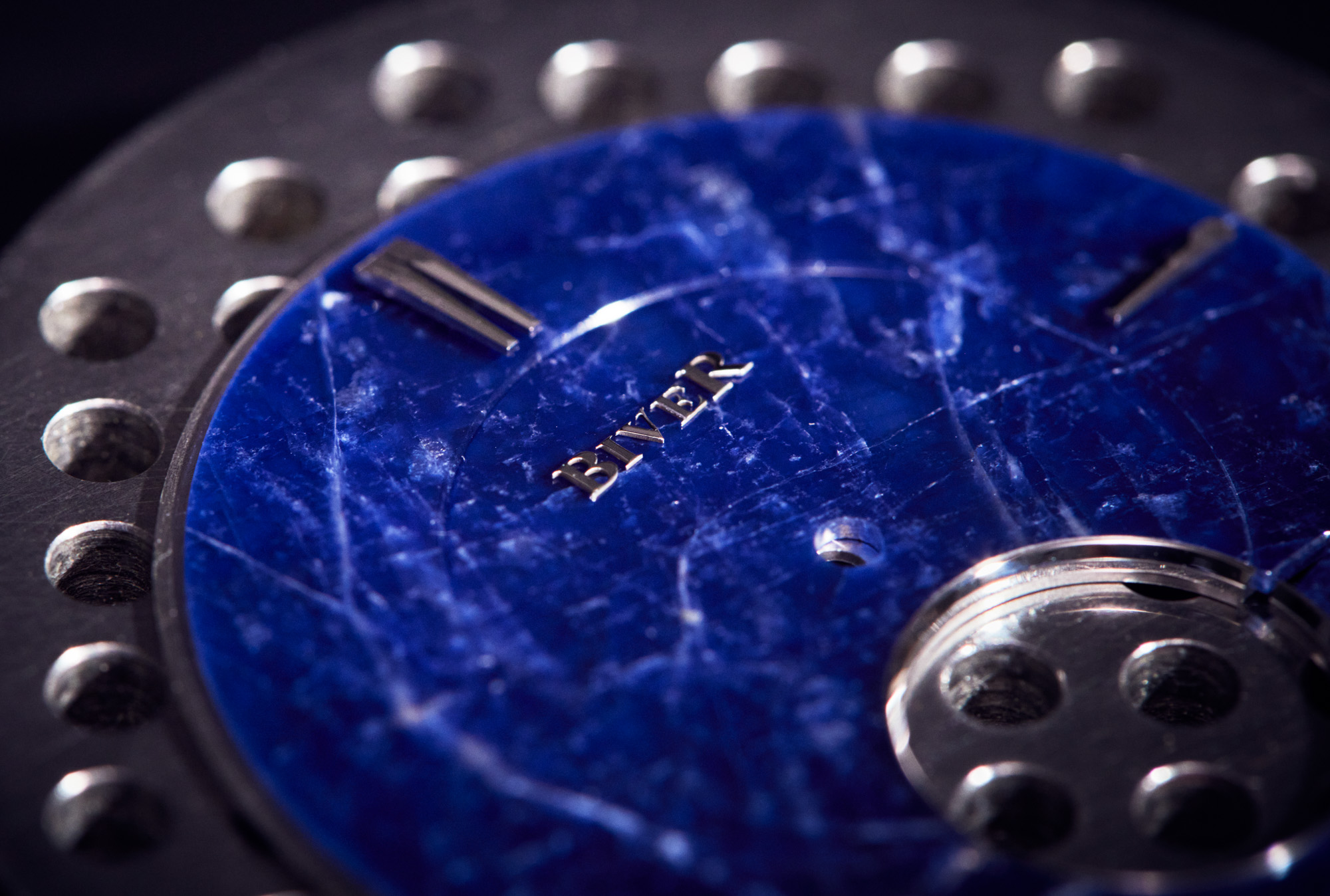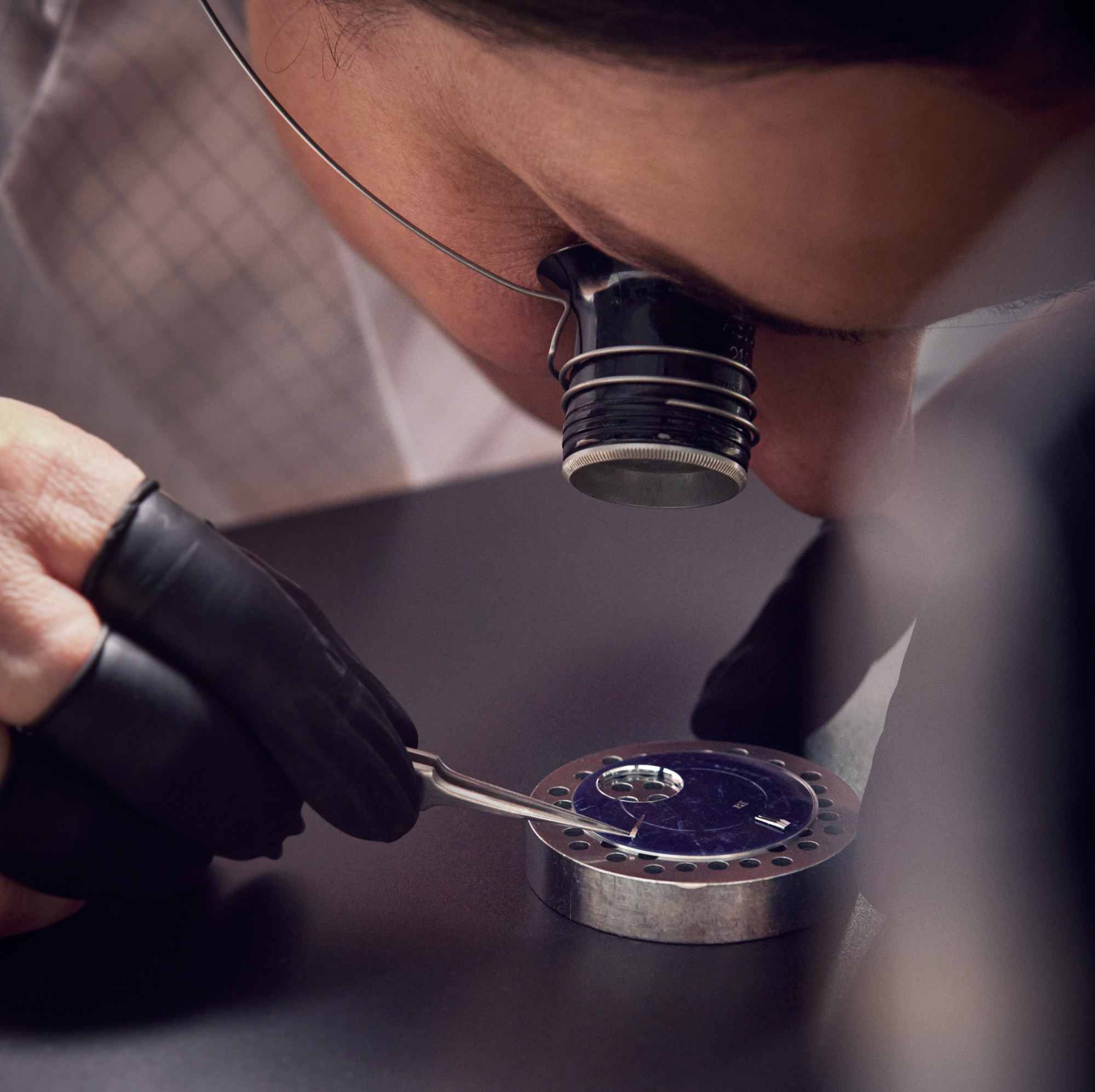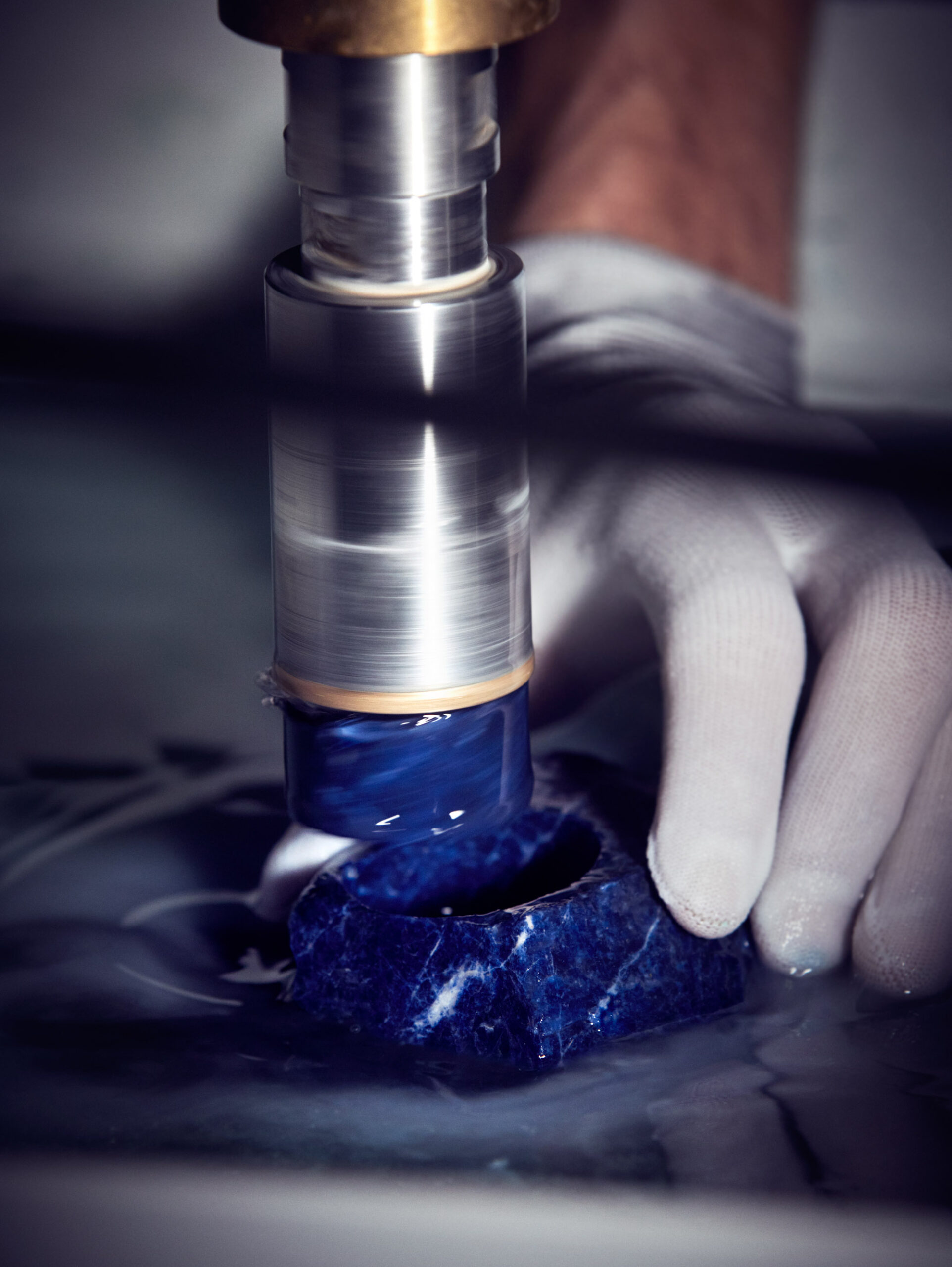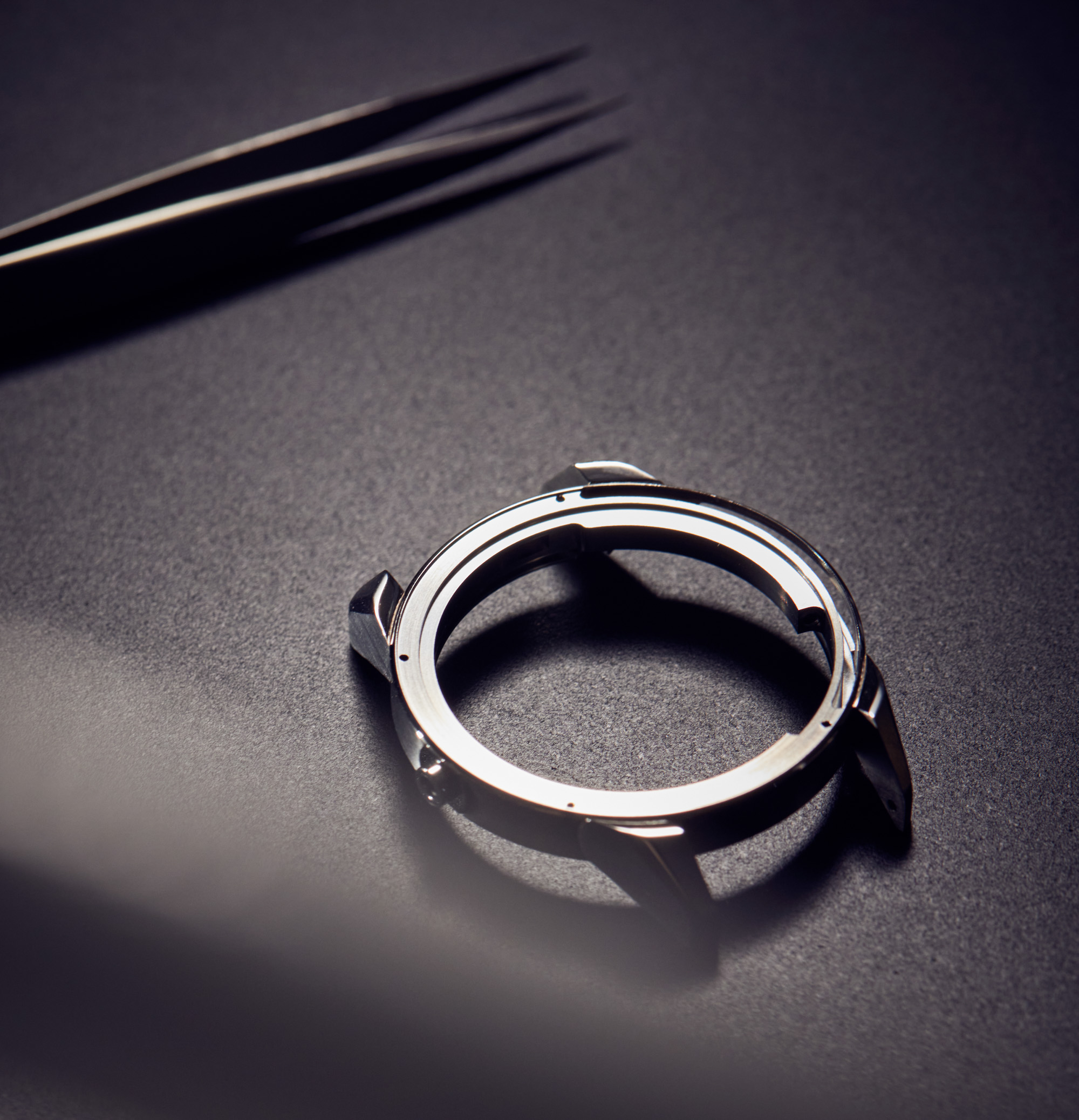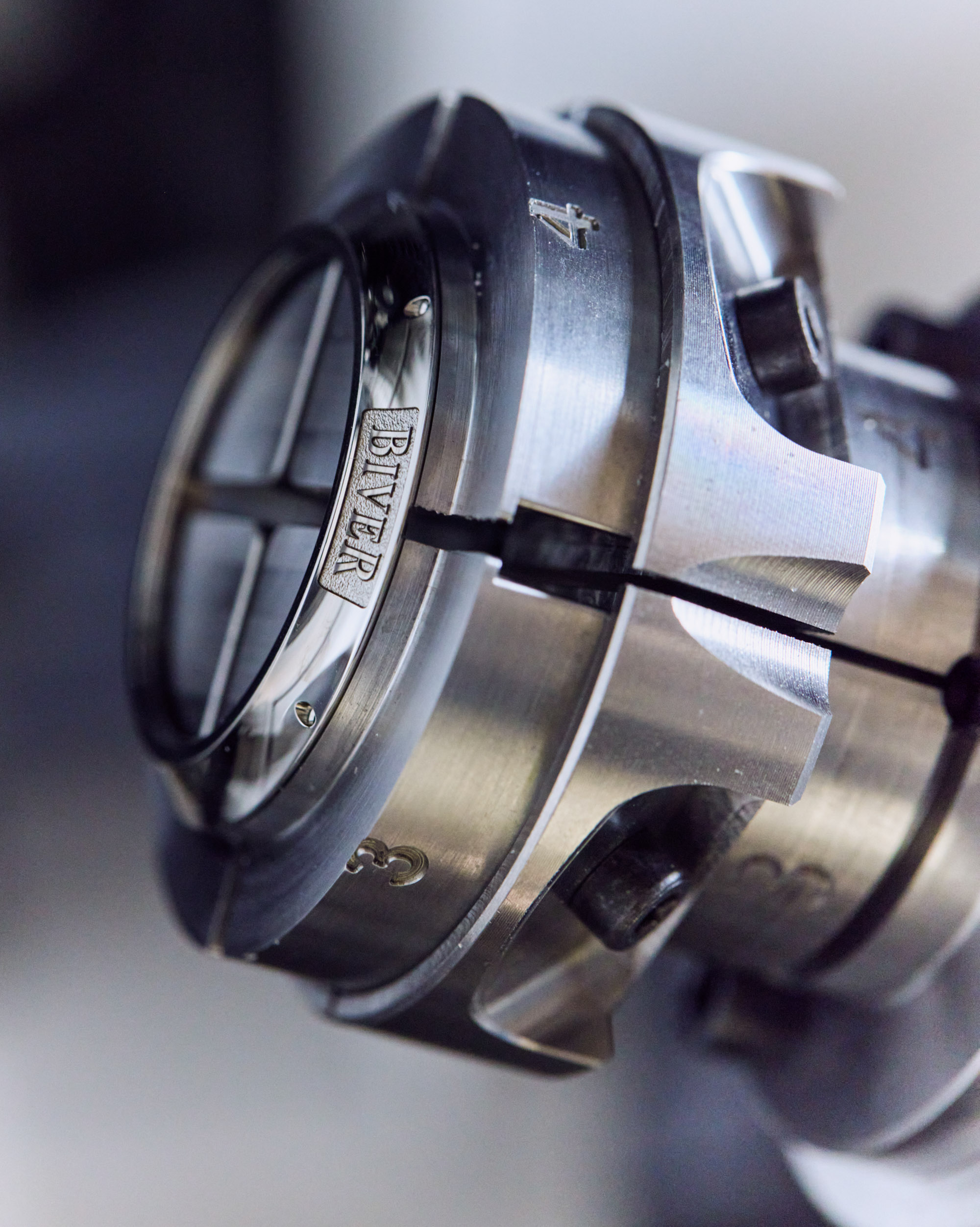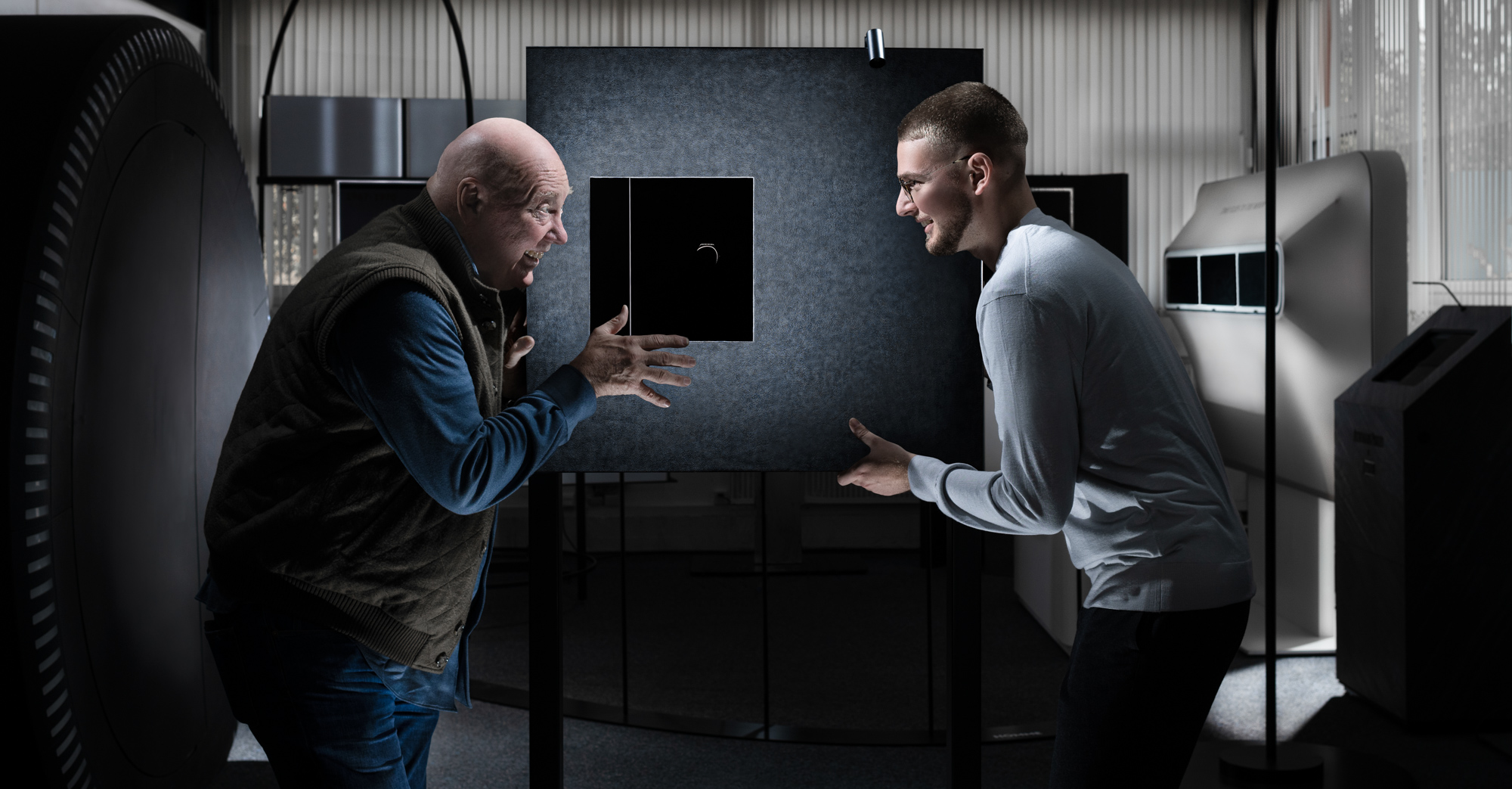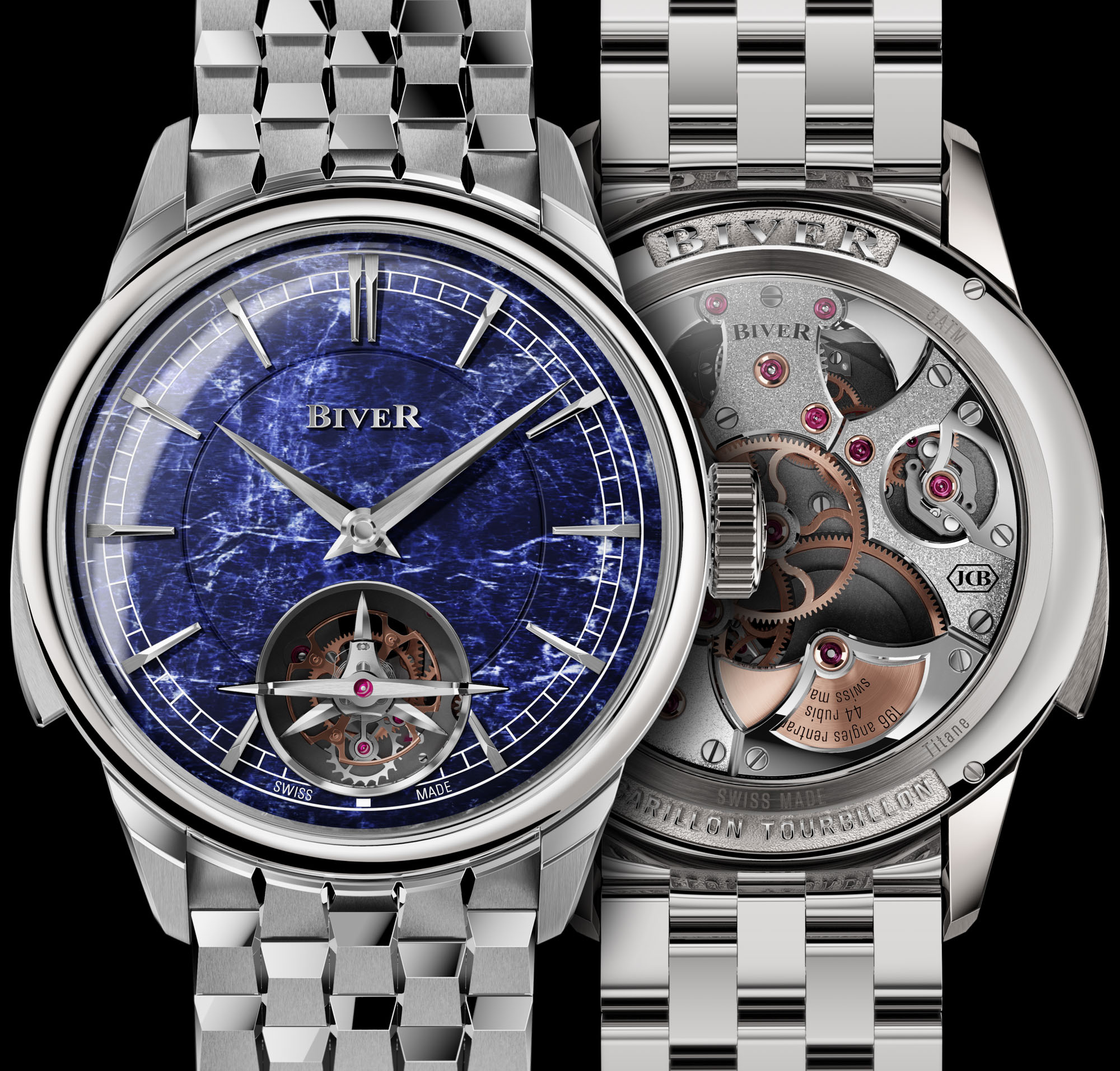
Last year via a SUPERLATIVE podcast episode, I debuted the news that in 2023, legendary watch brand manager Jean-Claude Biver was launching a new watch brand. The brand is simply known as “Biver,” and Jean-Claude Biver will be running it along with his young son Pierre Biver. The duo can create pretty much whatever they want — and there was a lot of speculation as to what type of watch they will start with. I think what is important to say is that while the Biver logo will probably not change, it has been stated that future Biver watches might have an entirely different look and feel. To start, Biver and team have opted for a modern interpretation of a classic design, with a movement featuring two of Jean-Claude Biver’s favorite things: the tourbillon and the minute repeater. The debut watch is known as the Carillon Tourbillon Biver.
In many ways, the Carillon Tourbillon sees Biver going back in time to when he ran Blancpain (even the “Biver” and “Blancpain” logo have similarities). Likewise, the Biver team has shared that some of the suppliers it works with are the same as those Jean-Claude Biver used when he was running Blancpain. Jean-Claude eventually sold Blancpain to The Swatch Group and later went on to purchase the flailing Hublot watch brand, only to later sell it to LVMH. Biver is probably the first entirely new brand Jean-Claude Biver has seriously aligned himself with (though personally, Jean-Claude is also on the board of the still pretty new watch brand NORQAIN). As a huge fan of watches, as well as one of the world’s most accomplished timepiece collectors, it is about time for the Biver name to finally be on a watch dial.
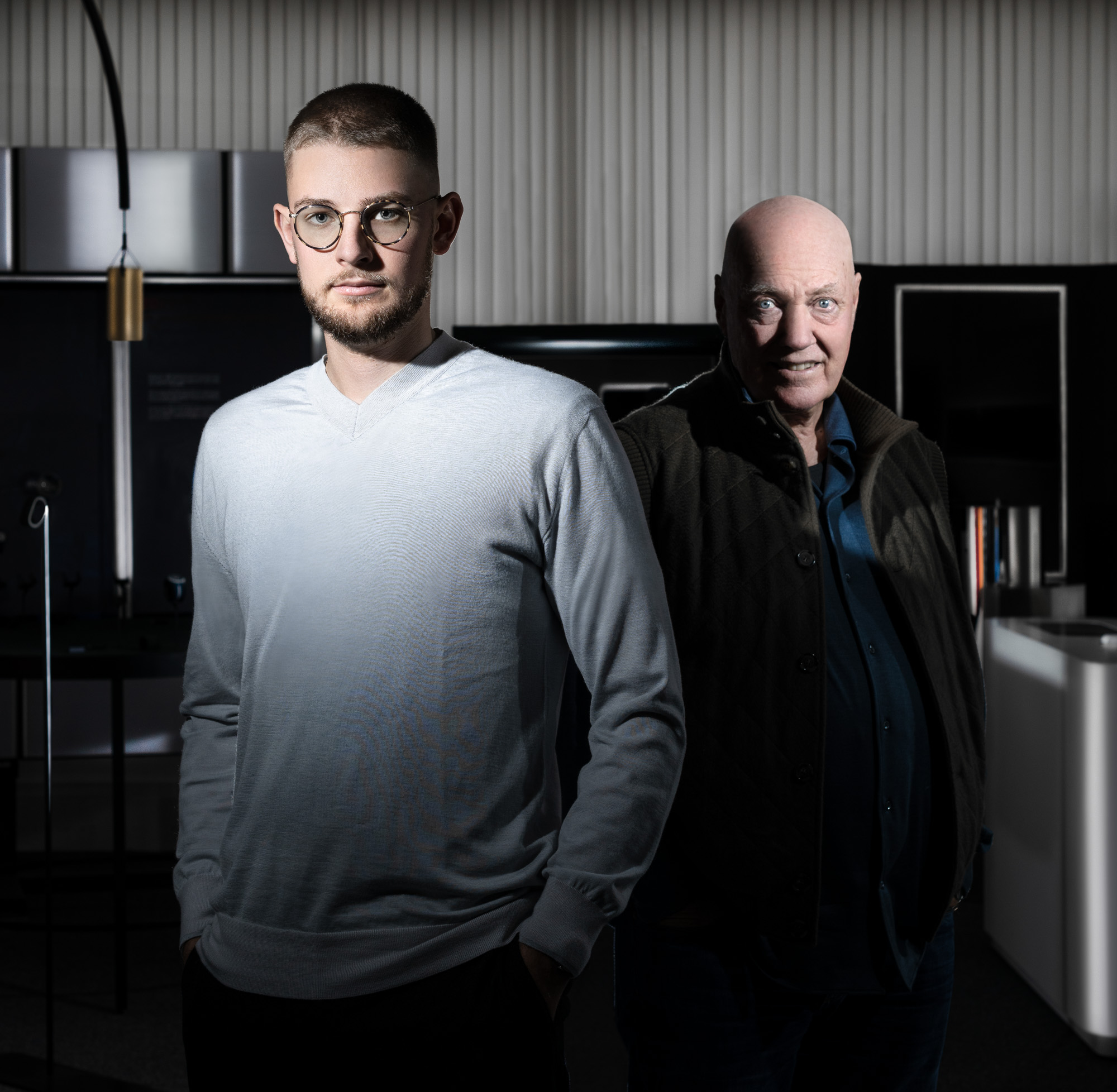
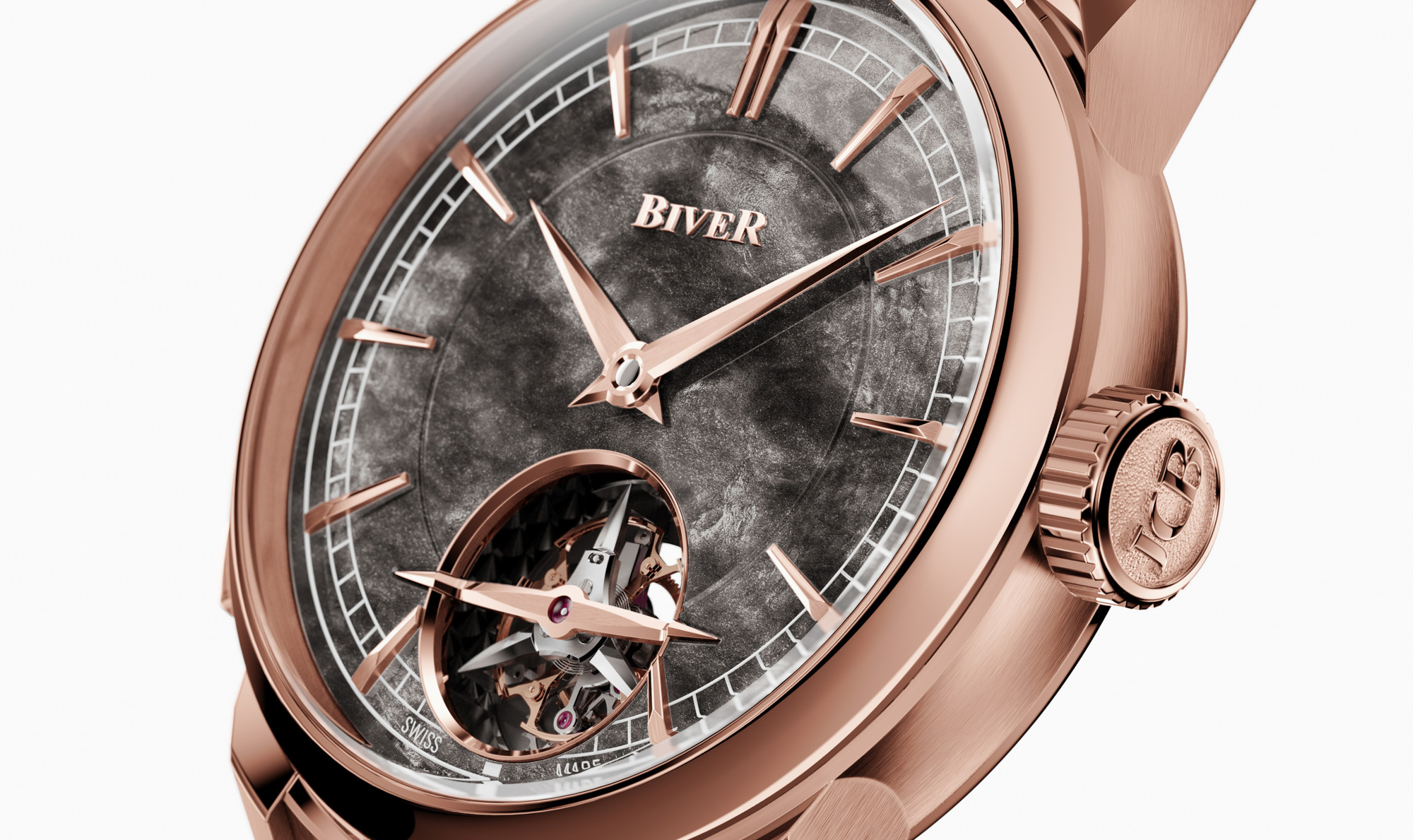
Given Biver’s time at Hublot, a lot of people associate his taste with modern sports watches, large sizes, and bold colors. He does like that stuff, but much of his personal collection includes far more classic watches. He is, for example, a big collector of Patek Philippe. The Carillon Tourbillon Biver feels, in some ways, like a Patek Philippe timepiece that Biver always wanted. It does things that Patek Philippe has not, but the overall tenor and theme of the watch are such that if you are a fan of classic, complicated dress watches, you will probably find a lot to like about the Carillon Tourbillon.
While Biver does not produce components themselves, the brand does have a full in-house technical team. In this sense, Biver is following the more modern approach to running a high-end watch brand that was popularized by Max Busser’s MB&F. In this model, there is less of an emphasis on “We do everything ourselves,” but rather, “Look at all the wonderful specialized companies and talents we pulled from to make something great.” This type of transparency is at odds with traditional notions of Swiss discretion, but thankfully for Biver, he is not originally Swiss (at least not by birth).
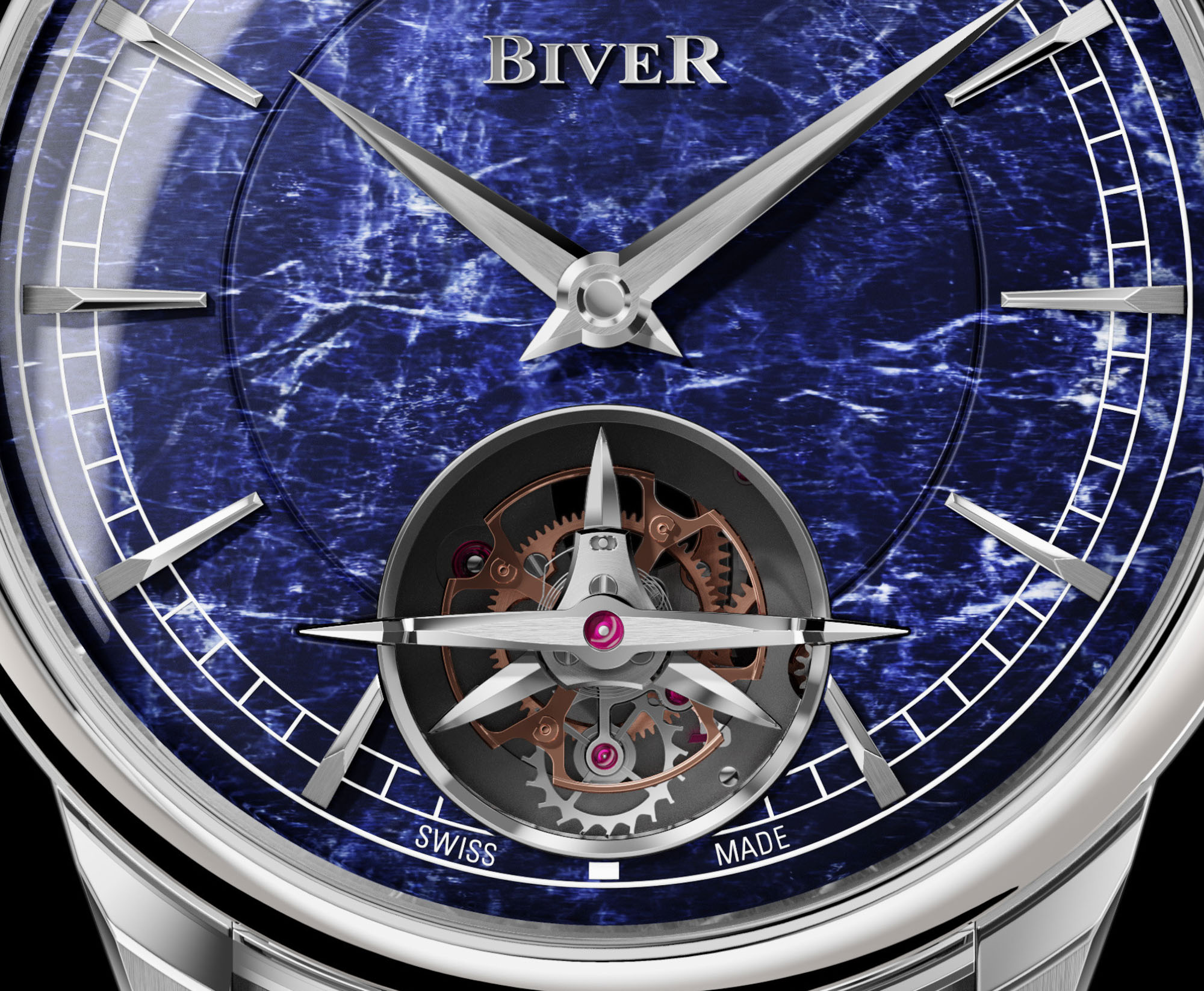
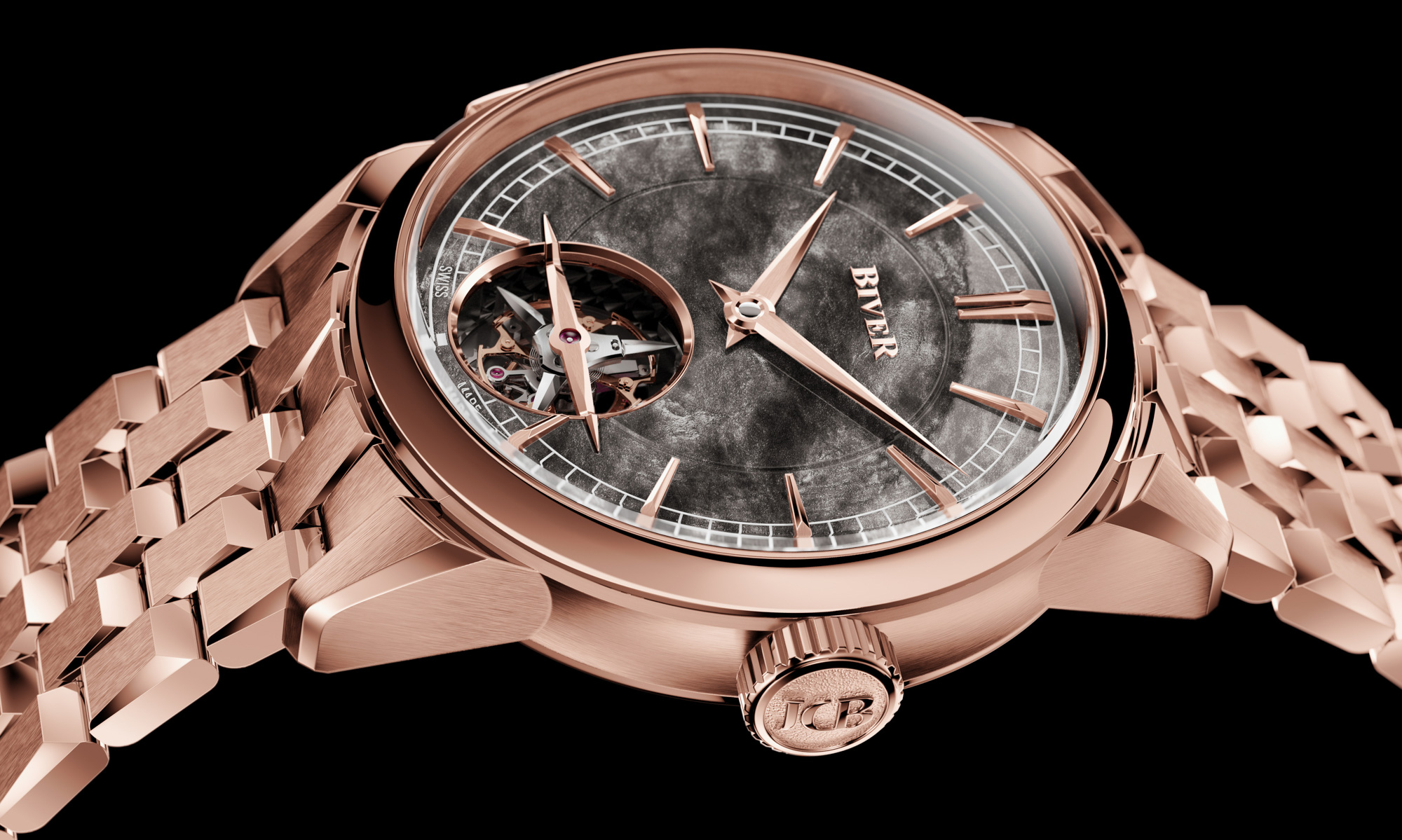
Emotion is a huge part of what Jean-Claude Biver likes to sell. He knows that simply producing a beautiful watch that works well is not enough. To really get people to become connected to your brand and product, you must connect it with their emotions. And on that end, Biver as a brand focuses a lot on the emotion that went into the design, manufacturing, and execution of the Carillon Tourbillon’s details. This is abundantly true when it comes to the appeal of the tourbillon and minute repeater, which have nearly no functional value aside from the joy one gets in playing with or watching these complications in action.
The Carillon Tourbillon watch is meant to focus on sound and the emotions therein. Biver has already mentioned that the next two watches produced by the brand will be a perpetual calendar and a chronograph, but don’t expect much news about those products until at least 2024. For now, we will focus on the half-million-dollar-plus Carillon Tourbillon.
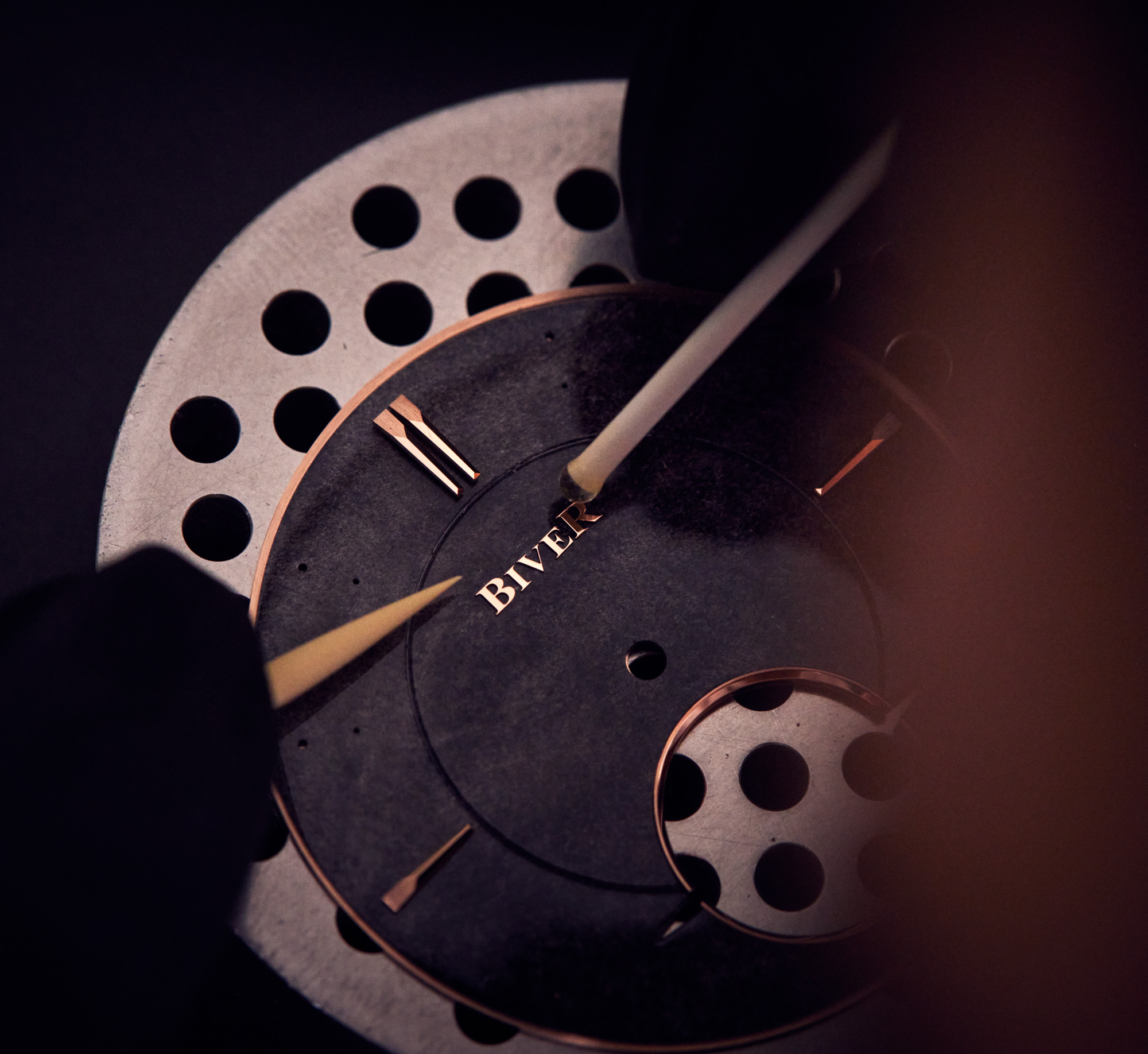
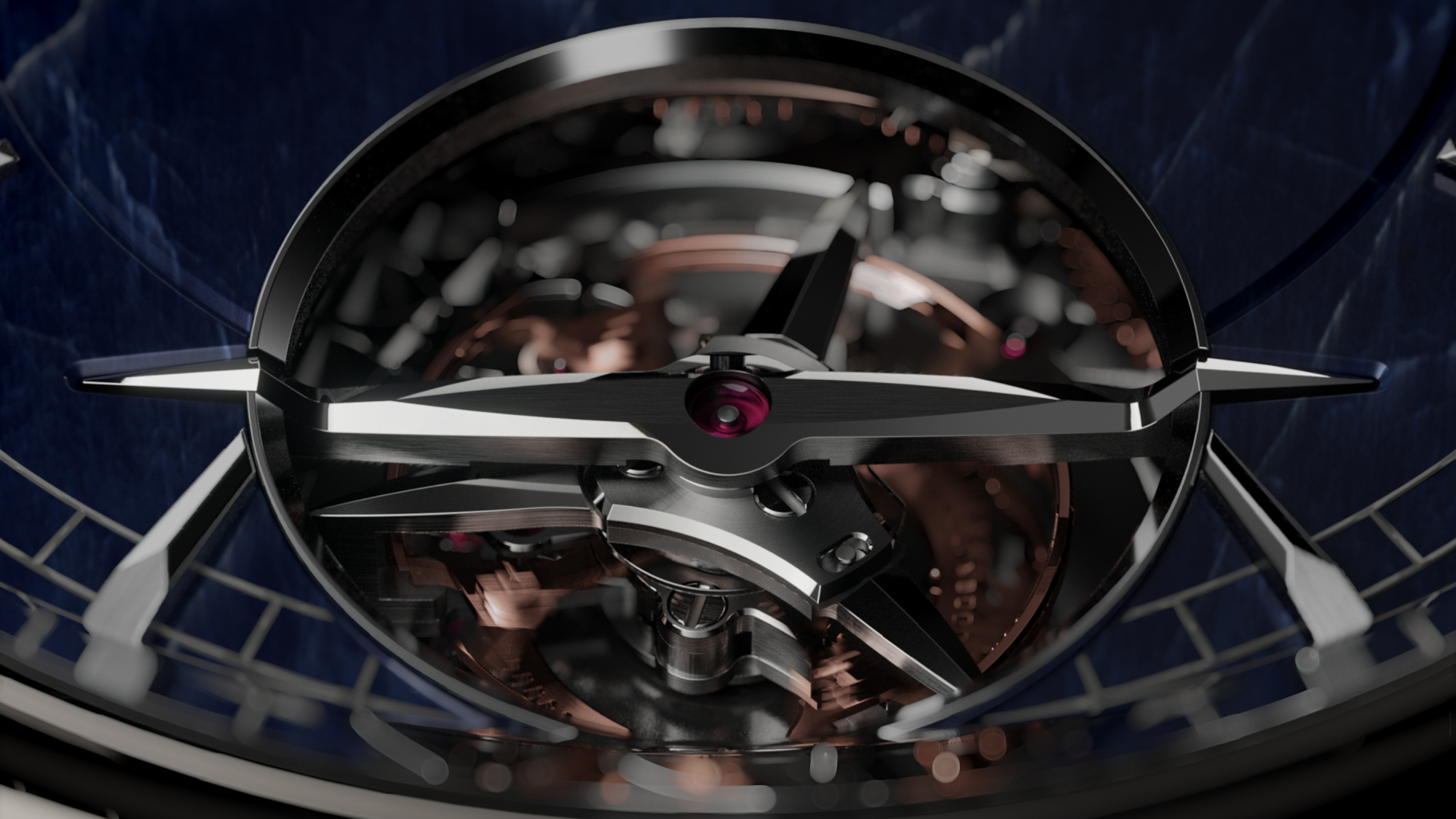
While I have not seen the watch as of the time of writing (a hands-on look at the watches will be forthcoming), my suspicion is that Biver and team didn’t just set out to create a novel movement that includes a tourbillon and a minute repeater, but the best possible movement they could achieve. This includes not only a beautiful level of finishing but also, with the minute repeater, an exceptional sound. Already we know that the Carillon Tourbillon has a more complex minute repeater (carillon-style) that includes not two, but three hammers and gongs. This increases the variety of notes the minute repeater can produce, and, on top of that, I suspect that a lot has gone into creating a crisp, deep sound that resonates. Biver would not simply create a minute repeater, but rather the finest minute repeater possible. That is part of the implied promises of the Biver brand and also duly reflected in the asking price.
Developed for Biver by Cercle de Horlogers (a specialized movement manufacturer in Switzerland), the movement inside of the Carillon Tourbillon is known as the JCB-001. It comprises a hefty 374 parts and operates at 3Hz with 72 hours of power reserve. The movement also features automatic winding with a micro-rotor produced from solid platinum (for weight, mostly). I am pretty excited to see this movement and investigate the level of finishing and depth it offers when viewed through the caseback. The movement features the time with an exposed traditional tourbillon display at 6 o’clock, along with the minute repeater complication that is activated through a slide level on the left side of the case. I think it will be a treat to hear this carillon-style minute repeater in action.
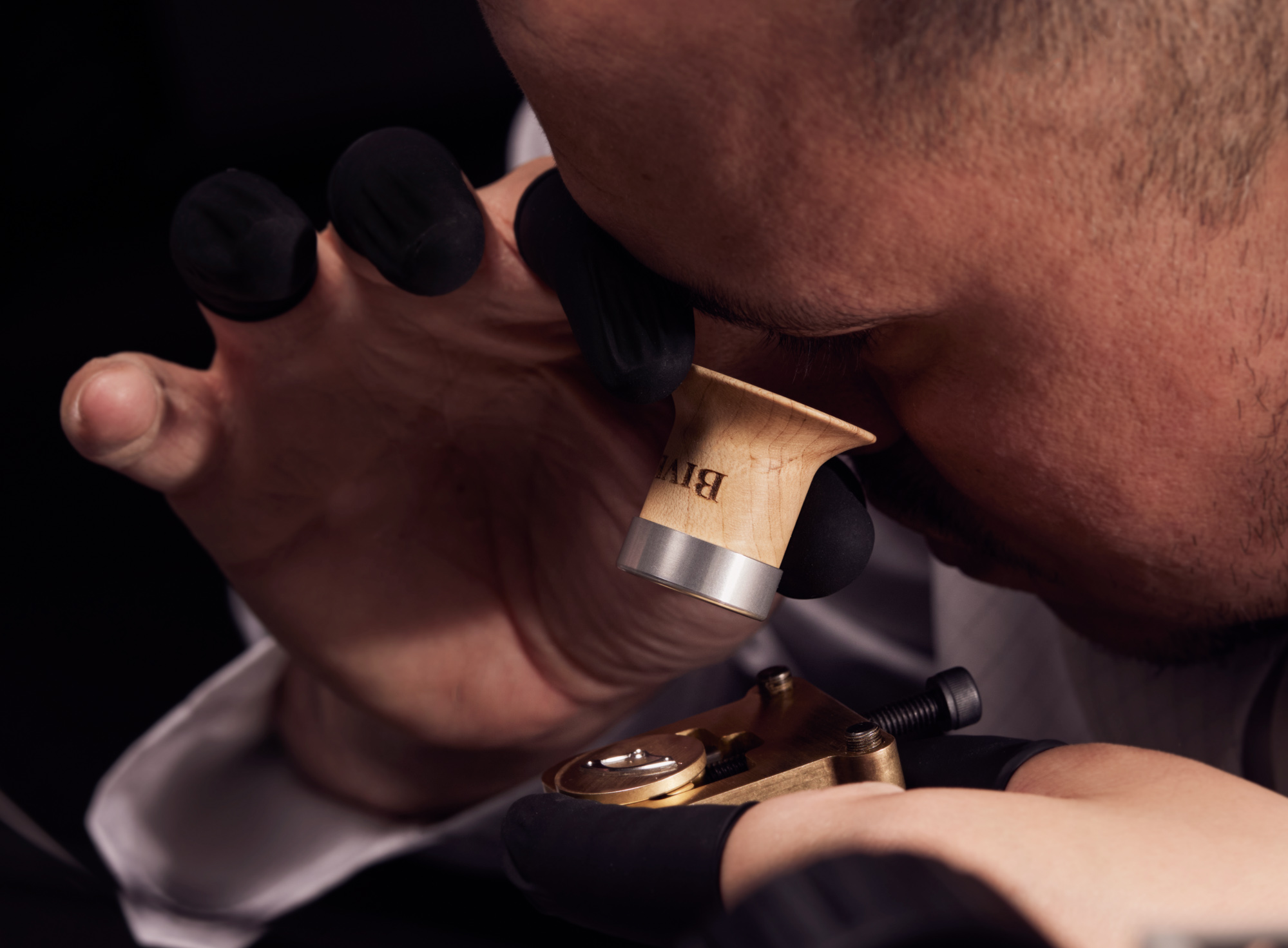
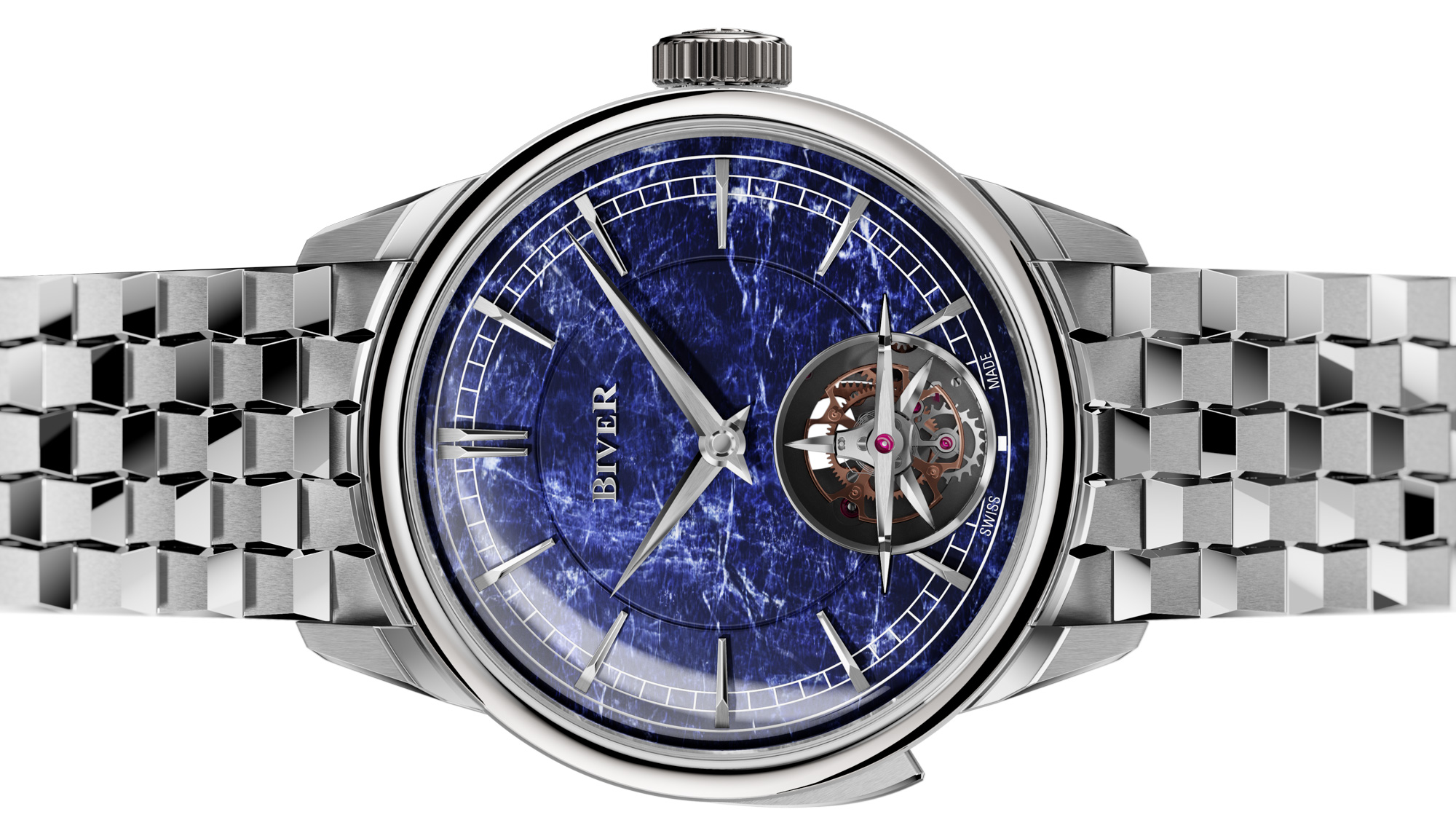
The watch is meant to be as practical as it is beautiful and luxurious. Fifty meters of water resistance is more than decent for a minute repeater, and I think it is clear from features such as this and automatic winding that Biver and team want their watches to be eminently wearable even if they are prohibitively expensive. The case is a sensible 42mm-wide and just 13.7mm-thick. The case is totally new, as is the bracelet, which is an interesting take on the five-link bracelet design, which uses an interesting zig-zag pattern to create a unique style that probably plays very nicely with the light. If the parts on the Carillon Tourbillon Biver watch are as nicely finished and crafted as they look in the marketing images, this watch will be lovely to behold in physical form, especially when playing with the light.
In addition to the Carillon Tourbillon case being available in either grade 5 titanium or 18k (5N) red gold (as well as decorated with diamonds — no images for that piece yet), a major design element is the solid natural stone dials. Two stone options are available, blue sodalite and silver obsidian hardstone. Biver clearly wanted to go with stones that have beautiful textures, and the dials are actually slightly domed. This was, apparently, a huge construction challenge because not only do the stone dials need to be cut quite thin, but they also need to be domed. This likely results in significant breakage and is probably much more frustrating than cutting even a piece of sapphire crystal in this shape. The dials are fitted with applied hour markers in either 18k white gold or matching 18k 5N gold.
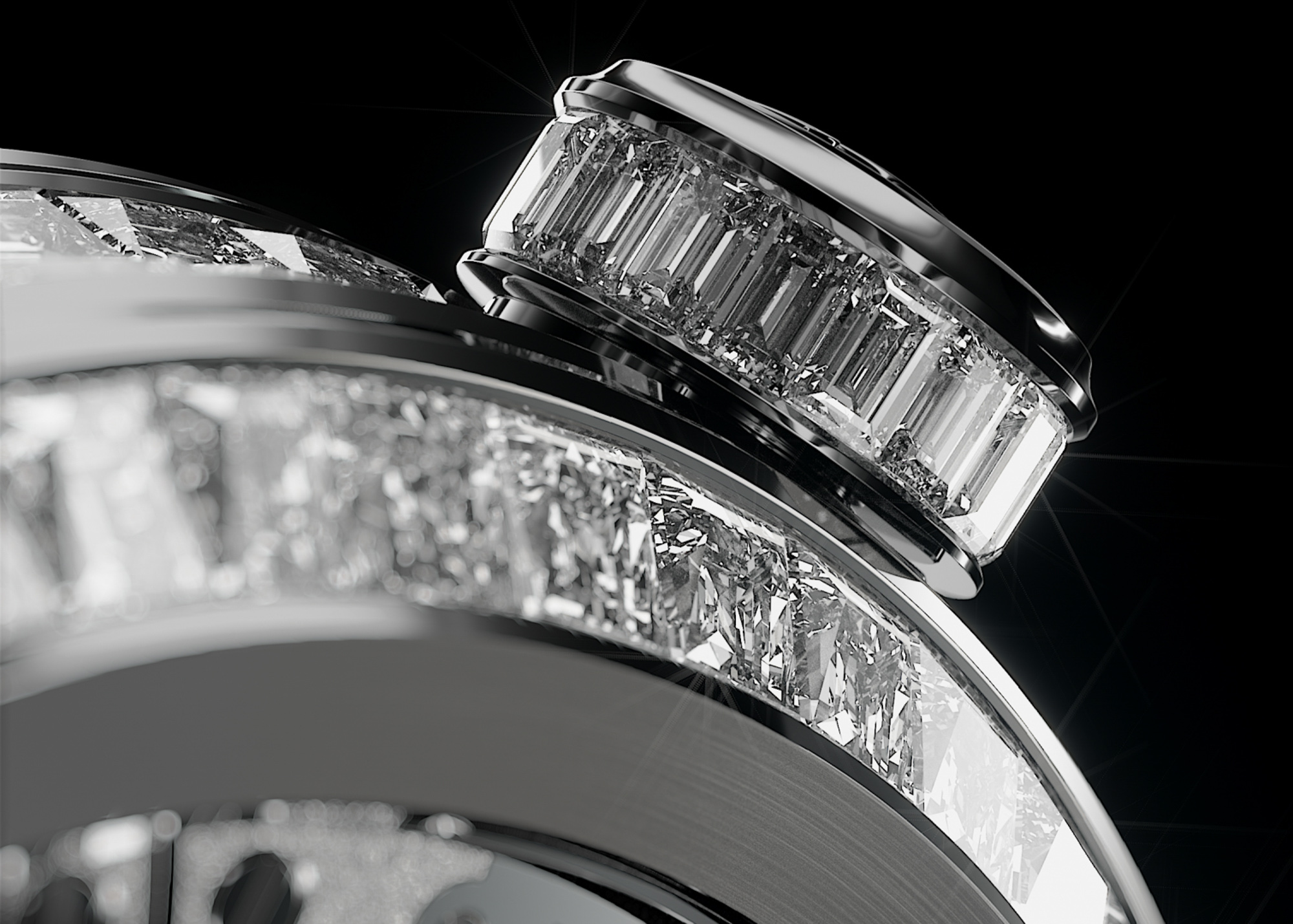
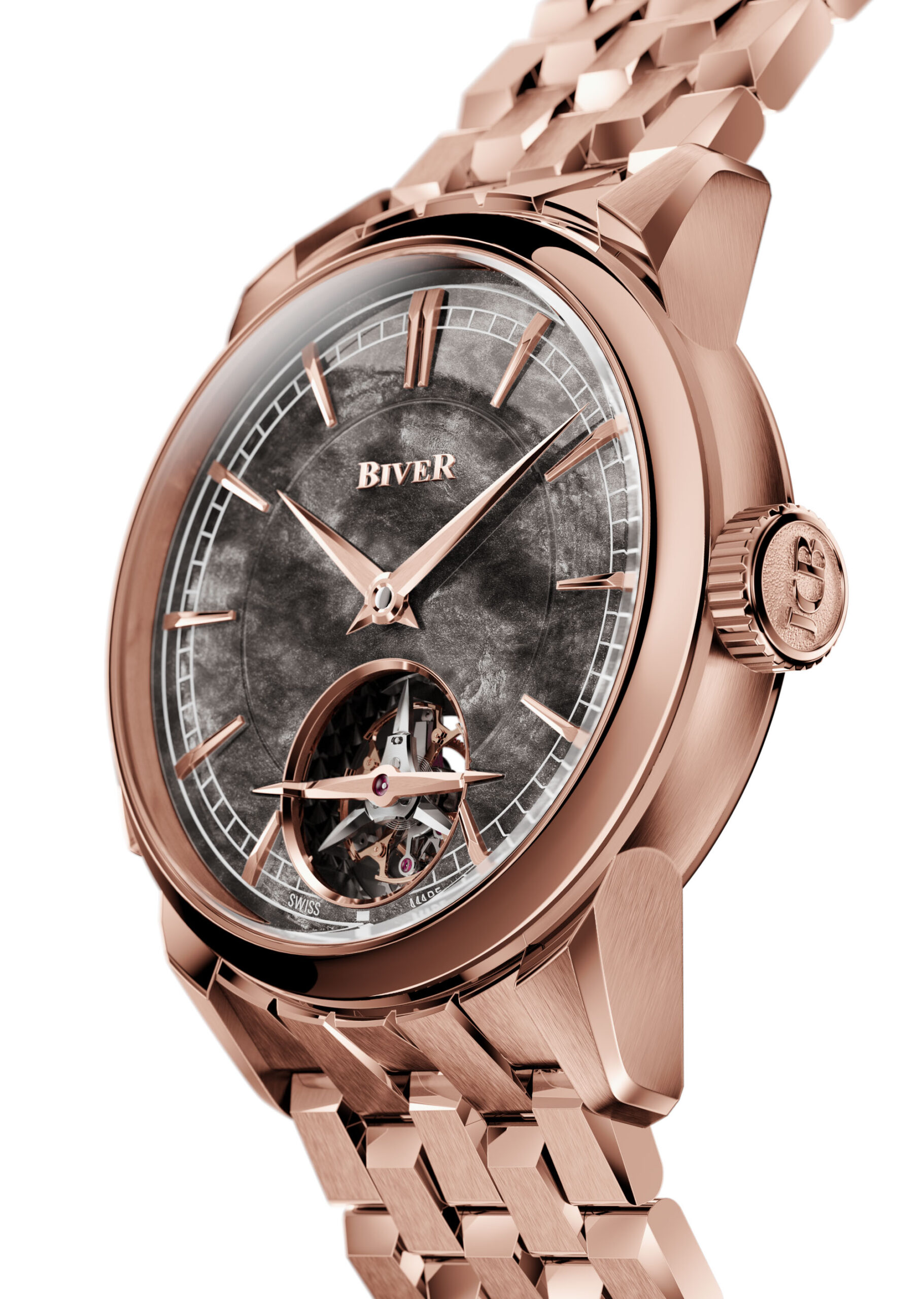
Not everyone is going to love the design of the Carillon Tourbillon Biver — not because it isn’t a really nice watch, but more out of a variety of different expectations for the Biver watch brand. The reality is that this design very much fits in with Jean-Claude Biver’s personal tastes and is the type of timepiece that he and his son can communicate about and sell. The watch is not part of a limited edition, but it was clear from early on that the Biver brand will only be producing a small number of watches each year. Price for the Carillon Tourbillon Biver watch is $570,000 USD in titanium, $625,000 USD in 18k 5N gold, and $1,315,000 USD for the diamond-set version. Learn more at the Biver website.

